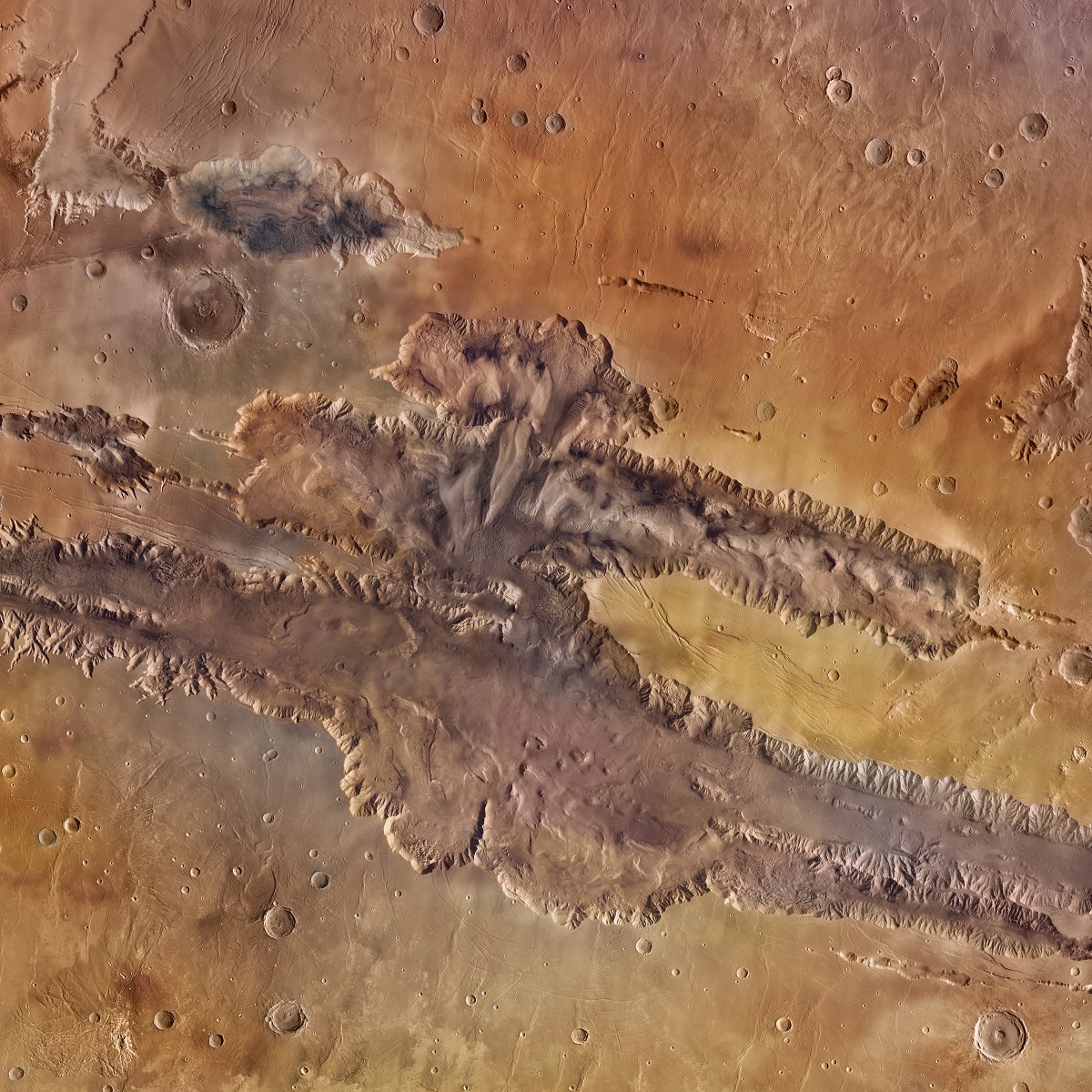Mind Blowing Facts we Didn't Know about Space
Mind Blowing Facts we Didn't Know about Space
Welcome to the breathtaking world of space, where wonder and discovery await! In this grand expanse, filled with countless stars, planets, and mysteries, we embark on a thrilling journey through mind-blowing facts that will leave you in awe. From distant galaxies to enigmatic phenomena, we’ll explore the secrets of the cosmos and unlock the wonders that lie beyond our Earthly realm. Brace yourself for a cosmic adventure like no other!
Prepare to be amazed as we delve into the depths of space, where exoplanets dance in mesmerizing formations and reveal the incredible diversity of planetary systems. Witness the birth of stars in stellar nurseries, where clouds of gas and dust give rise to celestial wonders. Marvel at the colossal power of black holes, which devour everything in their path, and the eerie silence that pervades the vacuum of space. But that’s not all. We’ll unveil the enchanting beauty of nebulas, vast clouds of swirling colors that paint the universe with their ethereal hues. Discover the secrets of white dwarfs, the remnants of once-mighty stars, and witness the explosive grandeur of supernovas, which light up the cosmos in a brilliant spectacle.
We’ll encounter celestial giants like Jupiter, with its raging storms and massive size that dwarfs all other planets. Learn about the captivating phenomenon of starquakes, where stars unleash mighty tremors that ripple through the cosmos. Marvel at the intricate formations of the Pillars of Creation and the colossal valleys of Valles Marineris on Mars. Travel through time and space as we explore the mind-bending concepts of wormholes and time travel, unlocking the possibilities that lie beyond our wildest imaginations. Delve into the mysteries of dark matter and its invisible influence on the universe. And imagine the day when humans venture beyond Earth, establishing colonies on distant worlds, harnessing the resources of asteroids, and pushing the boundaries of exploration.
So, hold on tight as we embark on this cosmic journey. Let your imagination soar as we reveal the wonders of space, expanding your horizons and igniting your curiosity. Get ready to be captivated by the extraordinary universe that surrounds us, where every discovery brings us closer to understanding the vastness and beauty of the cosmos. The cosmos awaits, and adventure beckons!
Exoplanets: Exploring the Worlds Beyond Our Solar System
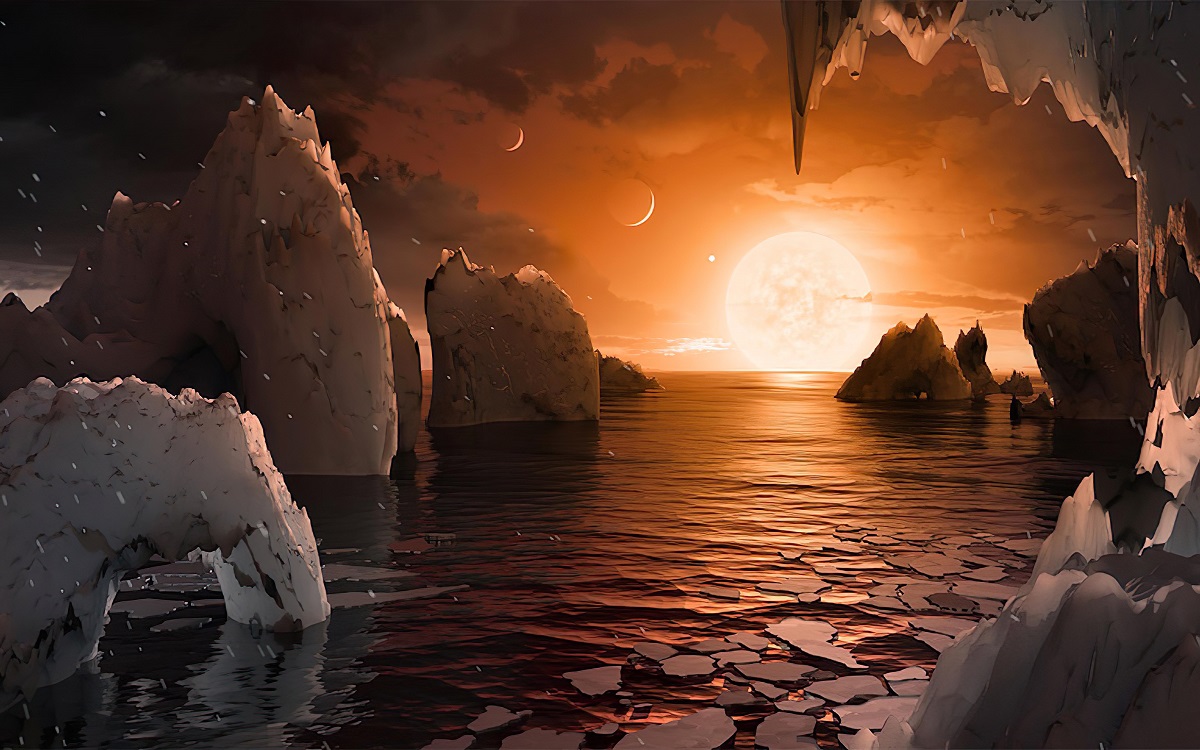
One of the most interesting facts about exoplanets is that they exist in vast numbers throughout the universe. Scientists have discovered thousands of exoplanets so far, and they estimate that there could be billions or even trillions more waiting to be found. This mind-boggling number suggests that planets are common and that our own solar system is just a tiny part of a much larger cosmic neighborhood.
The idea that there are countless exoplanets out there raises exciting questions about the possibility of life beyond Earth. With so many planets in the universe, the chances of finding habitable worlds, where conditions might support life as we know it, greatly increase. Scientists are actively searching for exoplanets in the “habitable zone” of their host stars, where liquid water could exist. The discovery of even a single habitable exoplanet would revolutionize our understanding of the universe and our place in it.
Another fascinating aspect of exoplanets is their incredible diversity. They come in different sizes, compositions, and orbits. Some are scorching hot gas giants, while others are rocky planets like Earth. The existence of such diverse exoplanets challenges our assumptions about what a planet can be and expands our understanding of planetary systems.
The study of exoplanets is a rapidly evolving field, and new discoveries are made regularly. The more we learn about these distant worlds, the more we realize how unique and precious our own planet is. Exploring exoplanets and unraveling their secrets will not only teach us about the universe, but it may also provide insights into the possibility of life existing beyond our home planet.
Space Colonization: Pioneering a Future Beyond Earth

One of the most intriguing aspects of space exploration is the concept of space colonization. Space colonization refers to the idea of humans establishing permanent settlements and living on other celestial bodies, such as the Moon, Mars, or even beyond. It opens up a world of possibilities and raises exciting questions about the future of our species.
The most interesting fact about space colonization is that it offers the potential for humanity to become an interplanetary species. By colonizing other celestial bodies, we can expand our presence beyond Earth and create self-sustaining communities in space. This means that humans could live, work, and thrive in environments vastly different from our home planet.
Space colonization would require overcoming numerous challenges. One crucial aspect is developing the necessary technologies to sustain life in inhospitable environments. This includes creating habitats that provide shelter, protection from radiation, and a controlled atmosphere. Scientists and engineers are working on innovative solutions, such as 3D-printed habitats and advanced life support systems, to make space colonization a reality.
Another fascinating aspect of space colonization is the potential for scientific discoveries. By living on other celestial bodies, humans can conduct research and experiments that are not possible on Earth. For example, studying the effects of low gravity or extreme temperatures could provide valuable insights into human biology and the adaptability of life in space.
Space colonization also holds the promise of resource utilization. Celestial bodies, such as the Moon and asteroids, are rich in valuable resources like water, minerals, and metals. Establishing mining operations and utilizing these resources could fuel further space exploration and even support industries in space.
Dark Matter: Unveiling the Hidden Forces Shaping the Universe
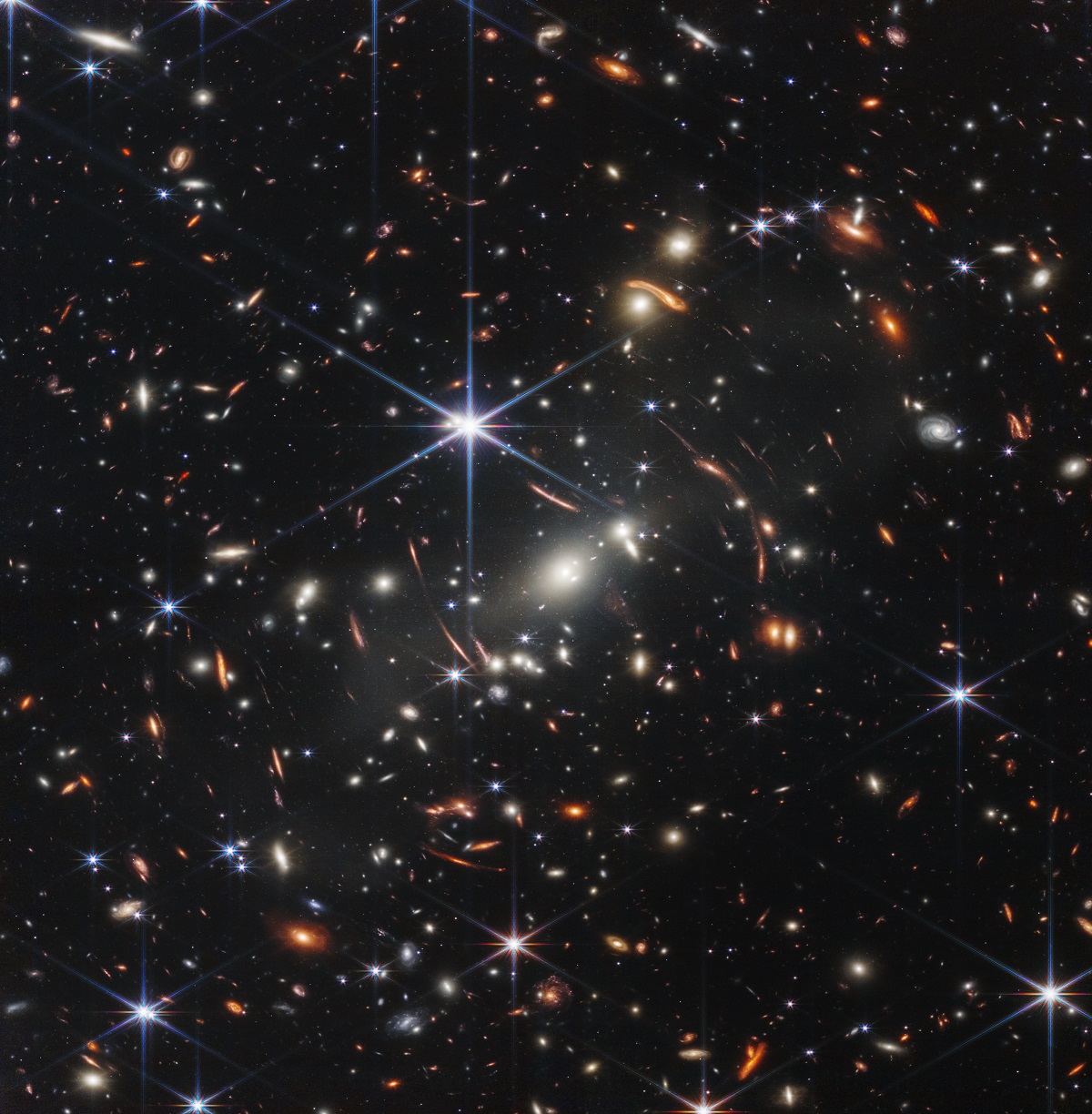
Scientists are actively researching and studying dark matter, hoping to unravel its secrets. They use a variety of methods, including observing the effects of gravitational lensing and studying the large-scale distribution of matter in the universe. While we have not directly detected dark matter particles yet, ongoing experiments in underground laboratories and particle accelerators aim to shed light on its nature and composition.
The study of dark matter remains one of the biggest mysteries in astrophysics and has the potential to revolutionize our understanding of the universe. By unraveling the secrets of dark matter, scientists hope to gain insights into the formation and evolution of galaxies, as well as uncovering clues about the fundamental nature of matter itself.
Neutron Stars: Unveiling the Densities and Gravitational Marvels of the Universe
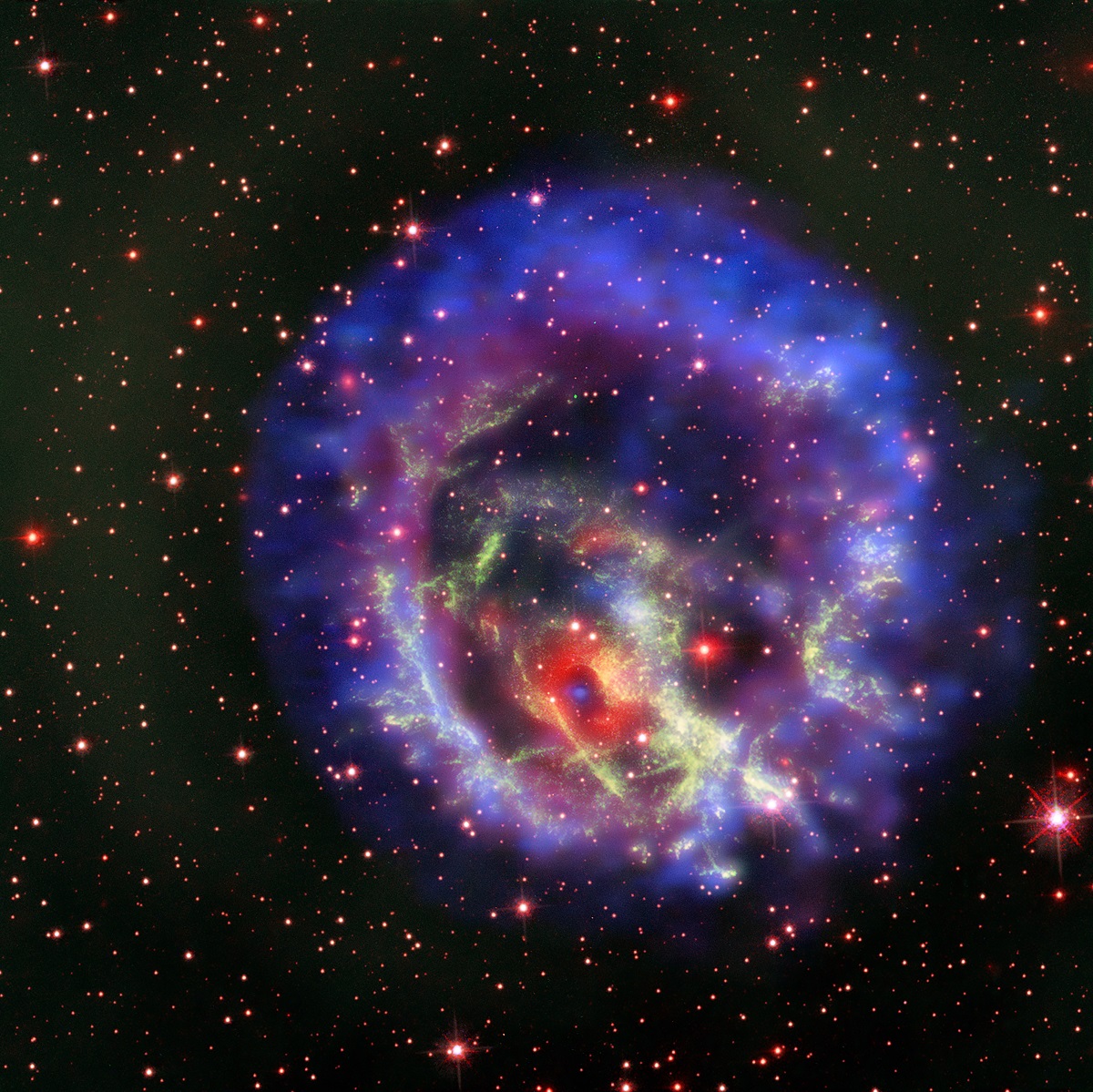
One of the most fascinating facts about neutron stars is their mind-boggling density. Neutron stars are incredibly compact celestial objects that form after the explosive death of massive stars. What makes them so intriguing is that they pack an enormous amount of mass into a tiny volume. In fact, a teaspoonful of neutron star material would weigh billions of tons on Earth!
Neutron stars are formed when the core of a massive star collapses under its own gravity during a supernova explosion. The intense gravitational forces squeeze the protons and electrons in the core together, merging them to form neutrons. As a result, the entire star becomes composed mostly of densely packed neutrons.
This extraordinary density leads to another captivating feature of neutron stars: their strong gravitational pull. The gravitational force on the surface of a neutron star is about 2 billion times stronger than the force on Earth. This means that if you were standing on a neutron star, the immense gravity would crush you instantly!
Furthermore, neutron stars exhibit fascinating properties due to their intense gravity and rapid rotation. They can spin incredibly fast, completing hundreds of rotations per second. This rapid spinning causes them to emit beams of electromagnetic radiation, similar to lighthouses. These beams can be detected as pulses of radiation on Earth, earning neutron stars the name “pulsars.”
Studying neutron stars provides valuable insights into the fundamental properties of matter and the extreme conditions that exist in the universe. Scientists use advanced telescopes and detectors to observe these stellar remnants and learn more about their structure, composition, and behavior.
Starquakes: Unveiling the Vibrations and Secrets of the Stars
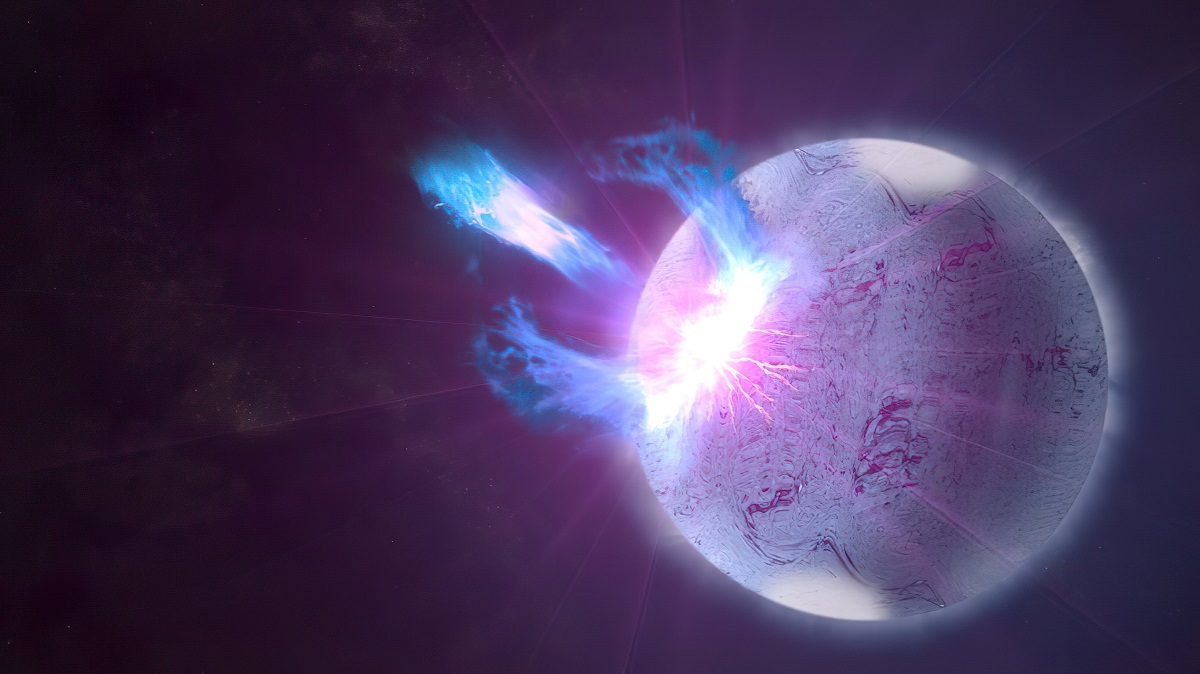
Starquakes provide us with a unique glimpse into the inner workings of stars. Just like earthquakes on Earth, starquakes are seismic events that occur on the surface of stars. These stellar quakes generate powerful vibrations that help scientists study the properties and structures of distant stars.
Starquakes happen when the internal layers of a star shift and release energy in the form of seismic waves. These waves ripple through the star, causing the surface to vibrate. By analyzing the patterns and frequencies of these vibrations, astronomers can gather valuable information about the star’s composition, temperature, and even its age.
The study of starquakes has revealed some remarkable insights. For instance, scientists have discovered that stars, including our Sun, have a natural resonant frequency similar to musical instruments. This means that they can “ring” like a bell after a disturbance, enabling scientists to measure the vibrations and infer the star’s internal structure.
Starquakes also help us understand the life cycle of stars. By studying the frequency and intensity of these seismic events, scientists can determine a star’s stage of evolution and predict its future. Starquakes can reveal information about the star’s size, mass, and whether it will eventually undergo a dramatic explosion called a supernova.
The field of asteroseismology, which focuses on studying starquakes, has revolutionized our understanding of stars and the universe. It allows astronomers to probe the inner workings of distant celestial bodies that are otherwise impossible to directly observe. Through the study of starquakes, we can unlock the secrets of stellar physics and gain insights into the birth, life, and ultimate fate of stars.
Pillars of Creation: Birthplaces of Stars in the Vastness of Space
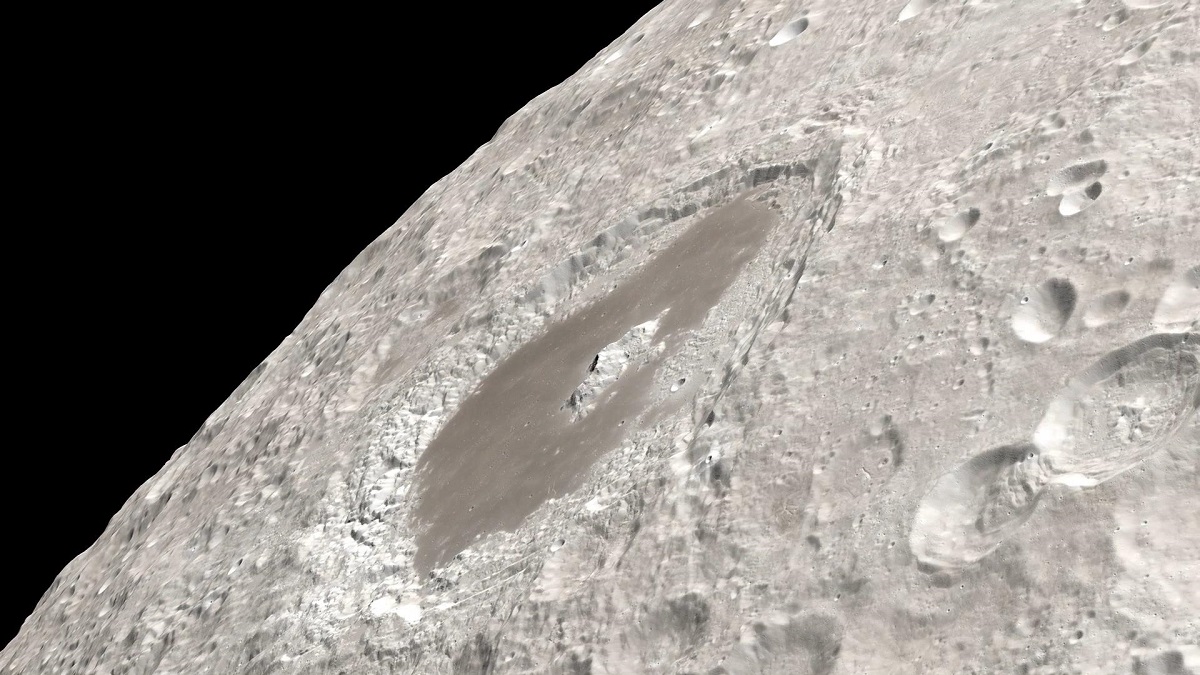
One of the most captivating facts about the Pillars of Creation is that they are colossal structures of gas and dust in space where stars are born. These towering pillars can be found in a region of the Eagle Nebula, located about 7,000 light-years away from Earth. The Pillars of Creation are so named because they resemble giant pillars or columns reaching out into the depths of space.
What makes the Pillars of Creation truly fascinating is the ongoing process of star formation happening within them. These majestic pillars serve as nurseries for new stars, where dense clouds of gas and dust collapse under the force of gravity. As the material compresses, it becomes hotter and denser, eventually leading to the birth of brilliant, young stars.
The Pillars of Creation also showcase the stunning interplay between light and darkness. The dense clouds of gas and dust within the pillars block out some of the light from the surrounding stars, creating shadowy regions. However, the pillars are also illuminated by the nearby stars, giving them a striking appearance that captures the imagination.
Another intriguing aspect of the Pillars of Creation is their immense size. These cosmic structures can stretch for several light-years, dwarfing our own solar system in comparison. They serve as a reminder of the vastness and grandeur of the universe, and they inspire scientists and astronomers to explore the mysteries of star formation and the birth of new celestial bodies.
Although the Pillars of Creation were first observed in the 1990s by the Hubble Space Telescope, they continue to captivate our imaginations today. Their breathtaking beauty and significance in the life cycle of stars remind us of the constant dynamic processes shaping the cosmos. The Pillars of Creation stand as a testament to the wonders of the universe and the ongoing birth of new stars throughout the vastness of space.
The Sun: Our Glowing Powerhouse and Life-Giving Star
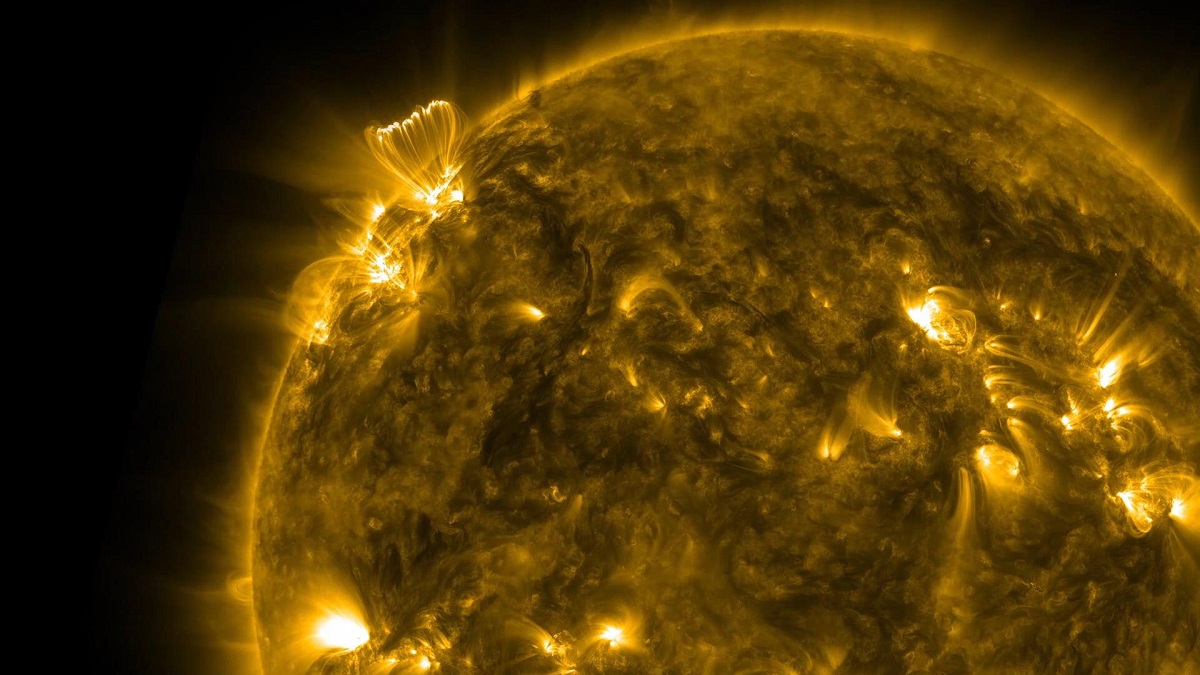
The Sun is a gigantic, glowing ball of hot gas that provides light, heat, and energy to our planet. The Sun is the closest star to Earth, located about 93 million miles away. It appears as a bright, shining disk in the sky during the day.
The Sun is truly massive, containing about 99.8% of the total mass of our solar system. Its diameter is about 1.4 million kilometers, which is about 109 times larger than the Earth’s diameter. To put it in perspective, you could fit more than one million Earths inside the Sun!
What makes the Sun so interesting is its incredible power and energy. The Sun is like a gigantic nuclear fusion reactor, where hydrogen atoms in its core combine to form helium, releasing an enormous amount of energy in the process. This energy takes the form of light and heat, which radiates out into space and warms our planet.
The Sun is also responsible for the stunning phenomenon of solar flares and sunspots. Solar flares are massive explosions of energy that occur on the Sun’s surface, while sunspots are dark, cooler regions caused by intense magnetic activity. These events can produce strong bursts of radiation and particles that can affect Earth’s magnetic field and create dazzling auroras in the sky.
Furthermore, the Sun plays a crucial role in supporting life on Earth. It provides the energy needed for photosynthesis in plants, which is the process by which they convert sunlight into food. The Sun’s energy also drives weather patterns, ocean currents, and the water cycle on our planet.
Supernovas: Explosive Cosmic Finales and Element Forges
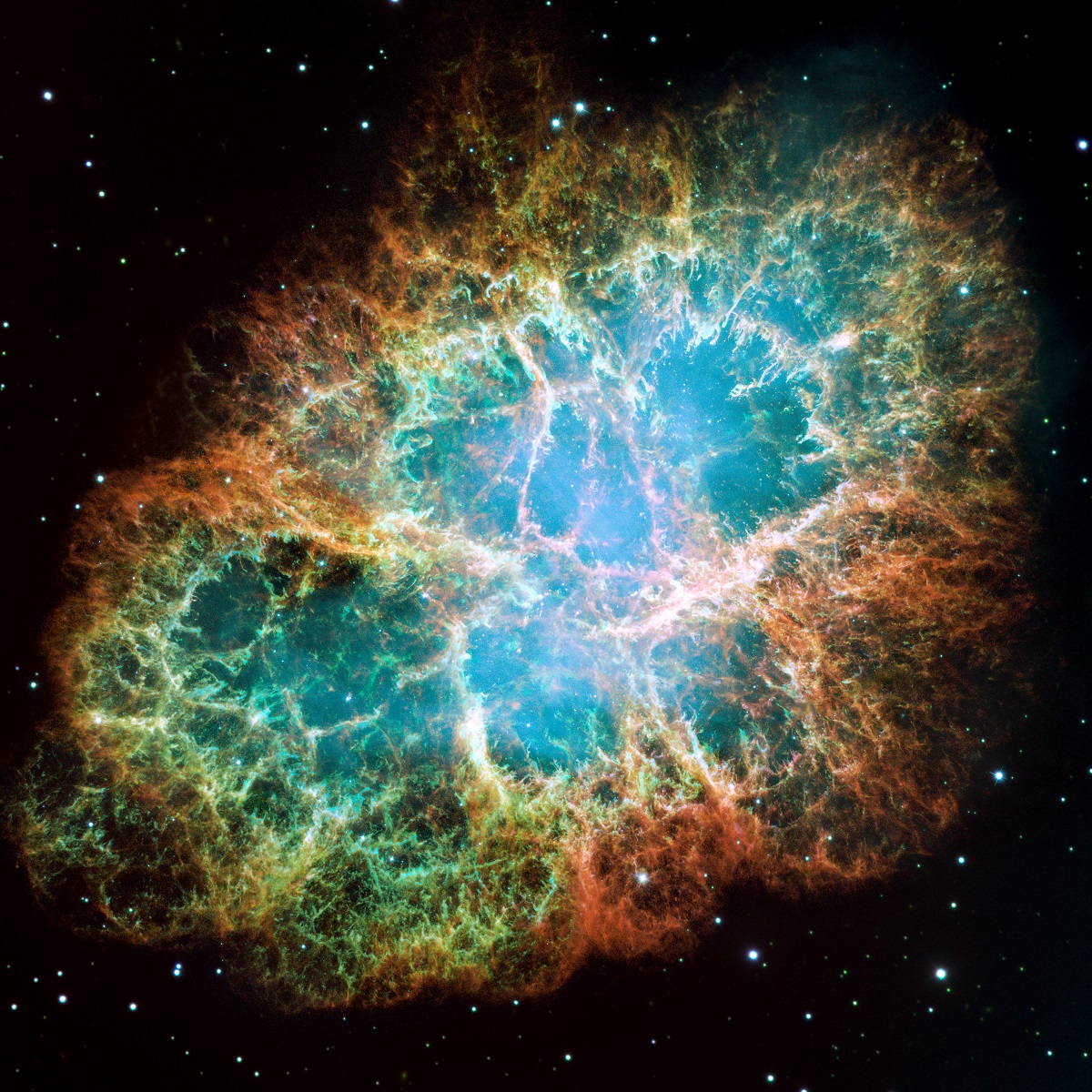
One of the most captivating facts about supernovas is that they are incredibly powerful and explosive events that mark the dramatic end of a massive star’s life. When a massive star exhausts its nuclear fuel, it undergoes a cataclysmic explosion, releasing an enormous amount of energy in a short period. In fact, a single supernova explosion can outshine an entire galaxy!
What makes supernovas even more fascinating is their ability to create and disperse heavy elements into the universe. These explosive events generate intense temperatures and pressures, causing the fusion of atoms and the formation of elements like iron, gold, and uranium. These elements are then scattered into space, eventually becoming part of new stars, planets, and even life itself.
Supernovas come in different types, but the most common are called core-collapse supernovas. During a core-collapse supernova, the massive star’s core collapses under its own gravity, causing a rebound effect that sends shockwaves racing outward. These shockwaves blast away the outer layers of the star in a brilliant explosion, leaving behind a dense remnant such as a neutron star or a black hole.
Another intriguing fact is that supernovas are so bright that they can be seen from immense distances. This means that even though supernovas occur in distant galaxies, their explosions can still be observed by telescopes on Earth. Studying supernovas helps scientists understand the life cycles of stars, the formation of elements, and the processes that shape the universe.
Supernovas are remarkable events that capture the imagination and curiosity of astronomers and scientists. They represent the grand finale of a massive star’s life, unleashing tremendous energy and giving birth to new elements that contribute to the rich tapestry of the cosmos.
Olympus Mons: The Mighty Giant of Mars’ Volcanic Landscape
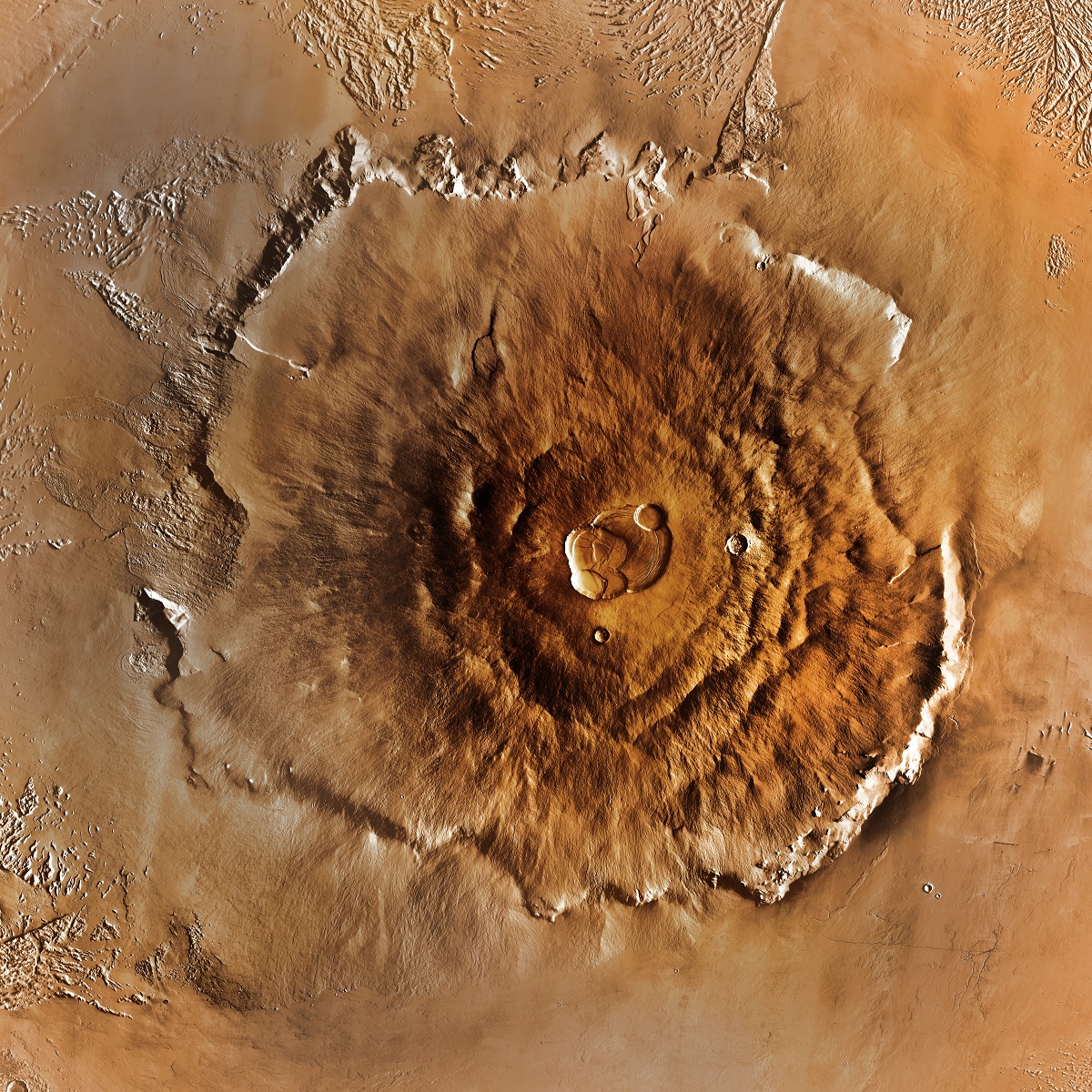
One of the most fascinating facts about Olympus Mons is that it is the largest volcano in the entire solar system. Olympus Mons is located on the planet Mars and stands as a towering giant, reaching a height of about 13.6 miles (22 kilometers) and stretching across a diameter of approximately 370 miles (600 kilometers). To put it into perspective, this colossal volcano is nearly three times the height of Mount Everest, the tallest peak on Earth!
What makes Olympus Mons truly remarkable is its size and shape. It has a broad, shield-like appearance with gently sloping sides, similar to a massive shield lying on the Martian surface. This shape is a result of the type of volcanic eruptions that formed Olympus Mons. Unlike the explosive eruptions on Earth, Olympus Mons experienced relatively gentle eruptions, allowing the lava to flow slowly and spread out over a wide area, building up the massive shield shape over time.
Olympus Mons also holds the record for having the largest volcanic caldera, which is a large depression at the summit of a volcano. The caldera of Olympus Mons spans an astonishing 50 miles (80 kilometers) in diameter. This vast volcanic feature is evidence of the tremendous volcanic activity that once took place on Mars.
The exploration and study of Olympus Mons have provided scientists with valuable insights into the geological processes that shaped Mars.
Lunar Tides: The Ebb and Flow of Earth’s Oceans

Lunar tides are caused by the gravitational pull of the Moon on Earth’s oceans. The Moon’s gravitational force affects the Earth, creating a noticeable rise and fall in the level of the oceans twice a day. These periodic changes in sea level are known as tides.
The Moon’s gravitational pull is strongest on the side of the Earth facing the Moon and weakest on the opposite side. This difference in gravitational force causes a bulging effect, resulting in two high tides and two low tides each day. When the Moon is directly overhead or on the opposite side of the Earth, high tides occur. Meanwhile, low tides happen when the Moon is at a 90-degree angle to a particular location.
What makes lunar tides even more fascinating is that they are not just limited to oceans. Tides can also occur in smaller bodies of water, such as lakes and rivers. Although the tides in these bodies of water are not as noticeable as in the oceans, they still experience subtle changes in water level due to the Moon’s gravitational influence.
Lunar tides play a significant role in shaping coastal ecosystems and marine life. They influence the movement and behavior of marine organisms, such as fish and crustaceans, which rely on tides for feeding, breeding, and navigation. Tidal currents created by the ebb and flow of the tides also help to circulate nutrients and distribute sediments along coastal areas, affecting the overall health and biodiversity of coastal ecosystems.
Wormholes: Cosmic Shortcuts and Theoretical Gateways to the Universe
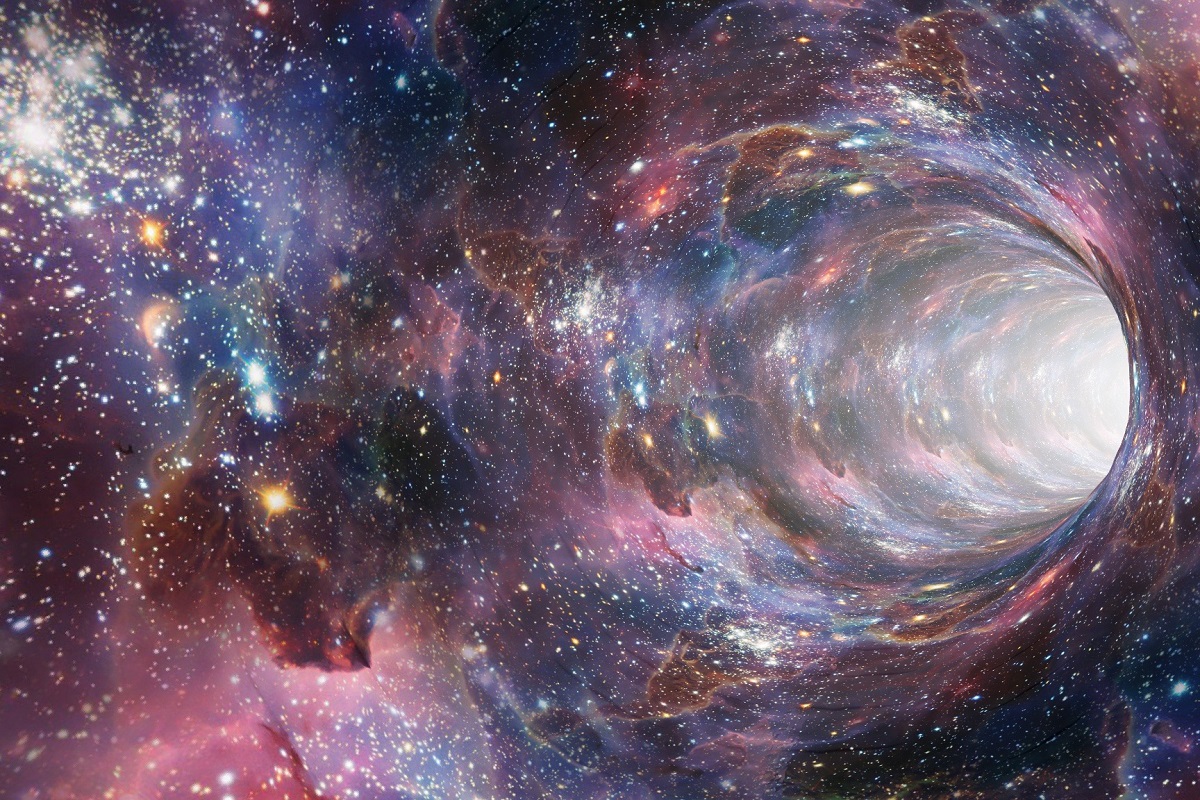
One of the most mind-boggling facts about wormholes is that they are theoretical shortcuts in space-time that could potentially allow for faster-than-light travel and enable us to journey to distant parts of the universe. According to theoretical physics, wormholes are like tunnels that connect two separate regions of space-time, creating a shortcut that bypasses the normal laws of physics.
Imagine a wormhole as a sort of cosmic tunnel with an entrance and an exit. If we were to enter one end of the wormhole, we might emerge from the other end in a different part of the universe or even in a different time. This idea of traversing vast cosmic distances in an instant is incredibly captivating and has captured the imaginations of scientists and science fiction enthusiasts alike.
However, there are several challenges and mysteries surrounding wormholes. One major hurdle is that they are believed to require exotic matter with negative energy density to keep them stable. This exotic matter, which has not been observed in nature, poses a significant theoretical challenge.
Another interesting fact about wormholes is that they have been explored in scientific research and popular culture alike. Scientists have proposed mathematical equations and theories to understand the possibility of their existence, while movies, books, and television shows often depict wormholes as portals for interstellar travel.
While wormholes remain in the realm of theory, their potential to revolutionize space travel and our understanding of the universe makes them a captivating subject of study. Scientists continue to investigate the properties and nature of wormholes, hoping to unlock the secrets of these cosmic shortcuts and expand our knowledge of the fabric of space-time.
Time Travel: Exploring the Boundaries of Past, Present, and Future
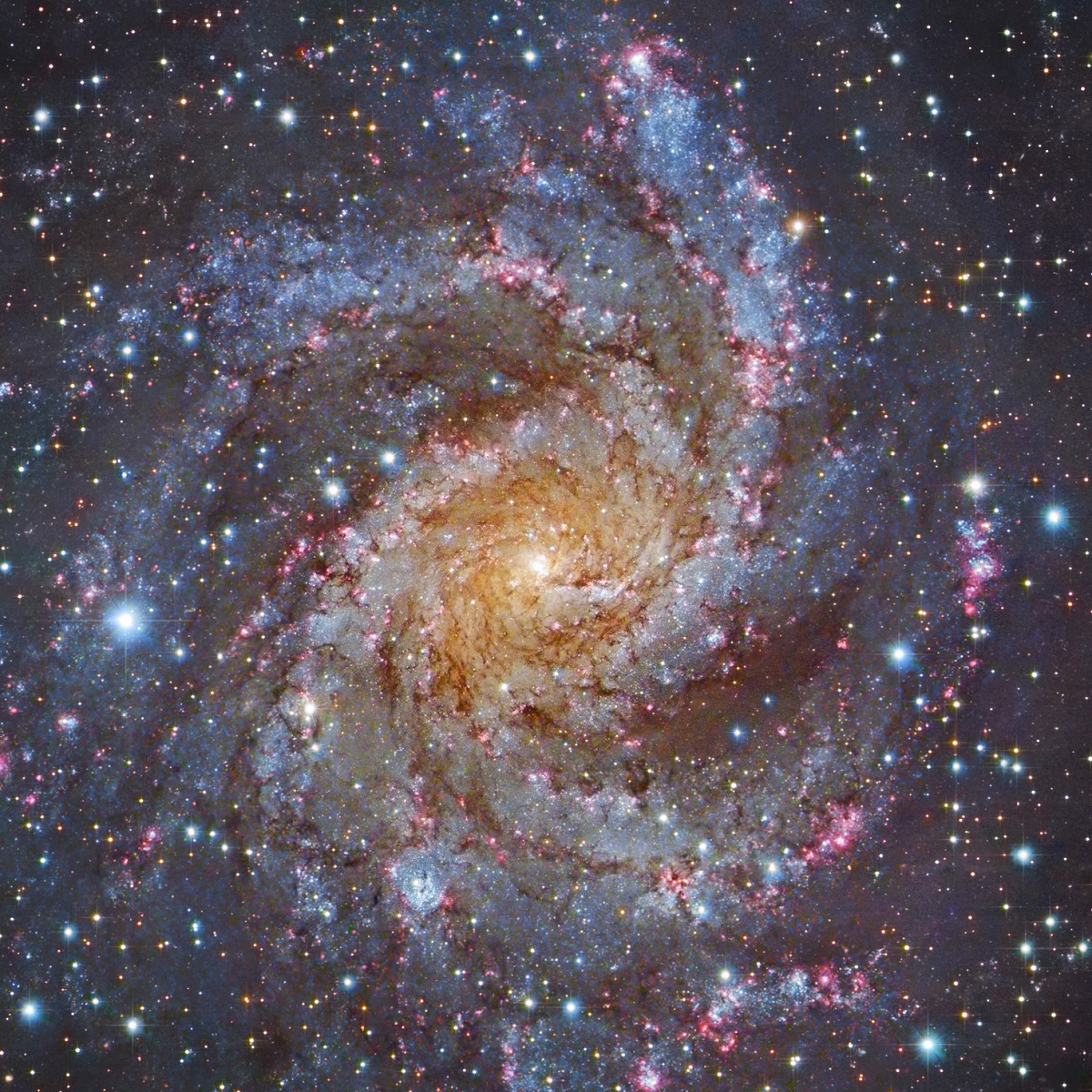
One of the most captivating facts about time travel is the idea that it might be possible to journey into the past or future. Time travel is a concept that has fascinated scientists, writers, and dreamers for centuries. It involves the ability to move through time in a way that is different from our everyday experience.
One interesting fact about time travel is that it is a topic of scientific exploration and speculation. Scientists have proposed various theories, such as the theory of relativity, to understand the possibility of traveling through time. These theories suggest that under certain conditions, such as traveling near the speed of light or around extremely massive objects, time could be experienced differently, allowing for potential time travel.
However, time travel comes with many challenges and paradoxes. For example, the grandfather paradox raises the question: What would happen if you were to go back in time and prevent your grandparents from meeting? Would you cease to exist? Such paradoxes highlight the complexity and mind-bending nature of time travel.
Another interesting aspect of time travel is its portrayal in popular culture. Books, movies, and television shows often explore the possibilities and consequences of time travel, creating exciting and thought-provoking narratives. These stories fuel our imagination and inspire us to contemplate the mysteries of time and its potential manipulation.
While time travel remains speculative and subject to scientific inquiry, its exploration challenges our understanding of the universe and our place in it. It prompts us to ponder the nature of time, causality, and the limits of human knowledge. Time travel continues to captivate our minds and reminds us that the concept of time holds many intriguing secrets waiting to be unraveled.
Valles Marineris: Exploring Mars’ Vast and Enigmatic Canyon System
One of the most fascinating facts about Valles Marineris is that it is the largest canyon system in the entire solar system. Located on the planet Mars, Valles Marineris stretches for about 2,500 miles (4,000 kilometers) in length, making it more than three times the length of the Grand Canyon on Earth! This colossal canyon system is also about 7 miles (11 kilometers) deep and reaches widths of up to 120 miles (200 kilometers).
What makes Valles Marineris even more captivating is its geological features and the clues it provides about Mars’ history. Scientists believe that Valles Marineris was formed through a combination of tectonic activity and erosion. It showcases a variety of fascinating structures, including towering cliffs, steep slopes, and intricate networks of valleys. The canyon’s walls reveal layers of different rock types, suggesting a complex geological past.
Valles Marineris also contains fascinating geological formations, such as large landslides and intriguing features known as “chaotic terrain.” These chaotic terrains are characterized by jumbled and disrupted rock formations, possibly resulting from the collapse of underground cavities or the melting of subsurface ice.
Studying Valles Marineris provides scientists with valuable insights into the geological processes that have shaped Mars over billions of years. It offers a glimpse into the planet’s past and helps scientists understand the forces that have sculpted its surface.
Red Giants: Stellar Behemoths and Cosmic Transformers
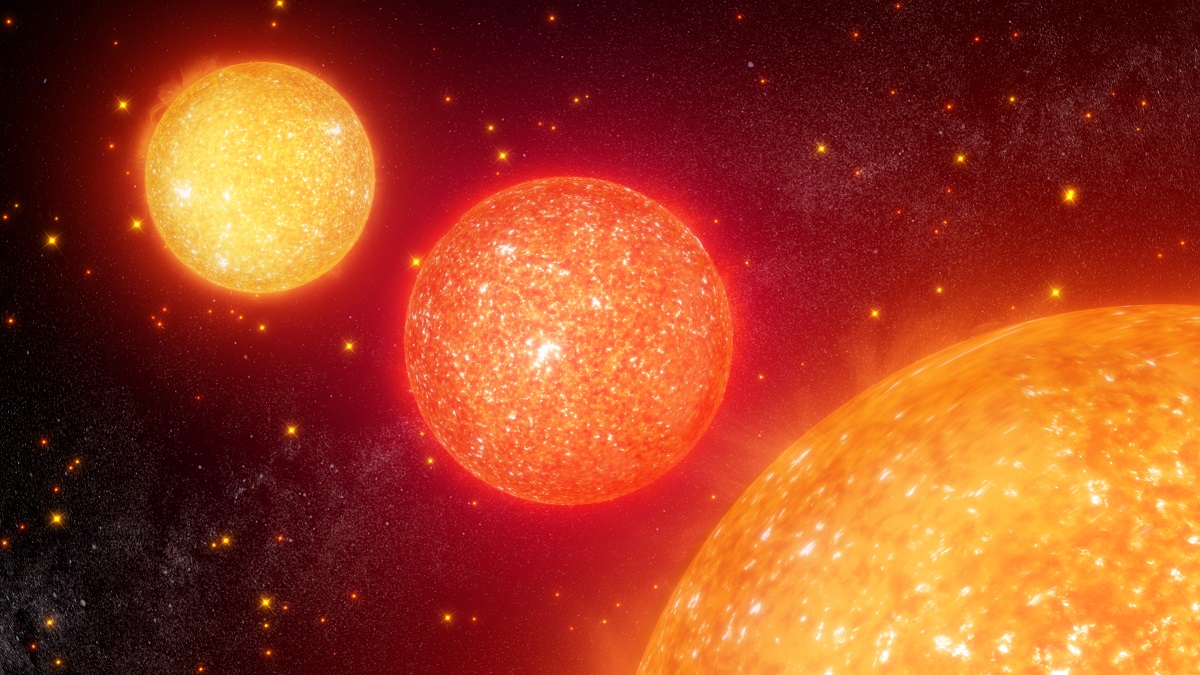
Red giants are humongous stars nearing the end of their lives. These colossal stars, much larger than our Sun, undergo dramatic transformations as they exhaust their nuclear fuel. When a star like our Sun exhausts its hydrogen fuel, it begins to swell up and expand into a red giant.
What makes red giants so intriguing is their immense size and incredible brightness. As they expand, red giants can become hundreds or even thousands of times larger than their original size. Imagine a star so enormous that it could engulf multiple planets, including Earth, within its fiery embrace!
But the story of red giants doesn’t end there. As they expand, their outer layers become cooler, causing them to emit a reddish glow. This is where they get their name—red giants. Despite their immense size, red giants are relatively cool compared to their earlier stages.
Another fascinating aspect of red giants is their ability to create new elements. In the core of a red giant, under extreme temperatures and pressures, helium atoms fuse together to form heavier elements like carbon and oxygen. This process is crucial for the creation of elements that are essential for life, including the carbon that makes up our bodies and the oxygen we breathe.
Ultimately, red giants meet their dramatic end in a fiery explosion called a supernova, leaving behind a dense core known as a white dwarf or sometimes even more exotic remnants. These remnants can continue to influence the universe, playing a vital role in the cosmic cycle of star birth and death.
Space Mining: Unveiling the Cosmic Resource Frontier
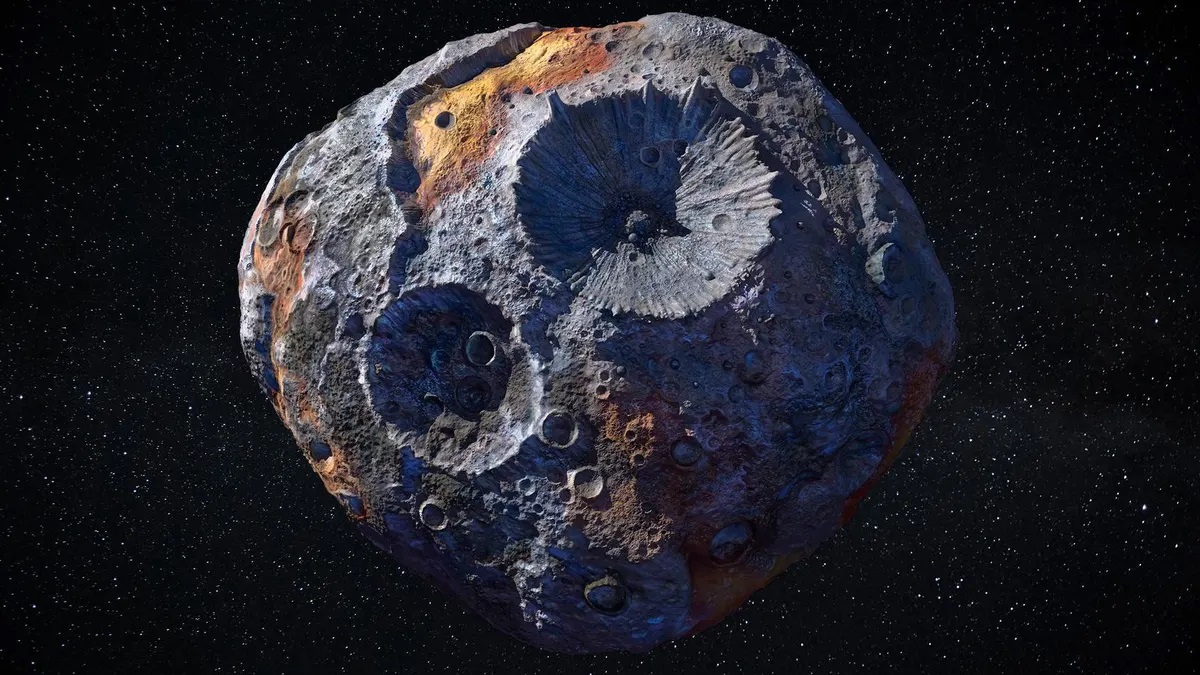
One of the most intriguing facts about mining in space is that it opens up the possibility of extracting valuable resources from celestial bodies like asteroids, the Moon, and even other planets. Space mining, also known as asteroid mining or extraterrestrial resource exploitation, involves collecting and processing valuable minerals, metals, and other materials from space bodies for use on Earth or in space exploration missions.
What makes space mining so fascinating is the abundance of resources available in space. Asteroids, for example, are believed to contain a wealth of valuable metals such as platinum, gold, and rare earth elements. These resources, which are becoming increasingly scarce on Earth, hold great economic and technological potential.
Another intriguing aspect of space mining is the potential for harvesting resources to support future space exploration and colonization efforts. Water ice, which can be found in certain areas of the Moon and some asteroids, can be converted into drinking water, breathable air, and even rocket fuel. This could provide a sustainable source of resources for long-duration missions and the establishment of human settlements beyond Earth.
Space mining, however, comes with its own set of challenges. The logistics of reaching and extracting resources from celestial bodies require advanced technology and innovative techniques. Additionally, the legal and ethical considerations surrounding space mining are still being actively debated and developed.
Nonetheless, space mining represents an exciting frontier for human exploration and resource utilization. It has the potential to revolutionize our access to critical materials, support future space missions, and pave the way for the sustainable exploration and utilization of space resources.
Space Weather: Exploring the Sun’s Impact on Earth and Beyond
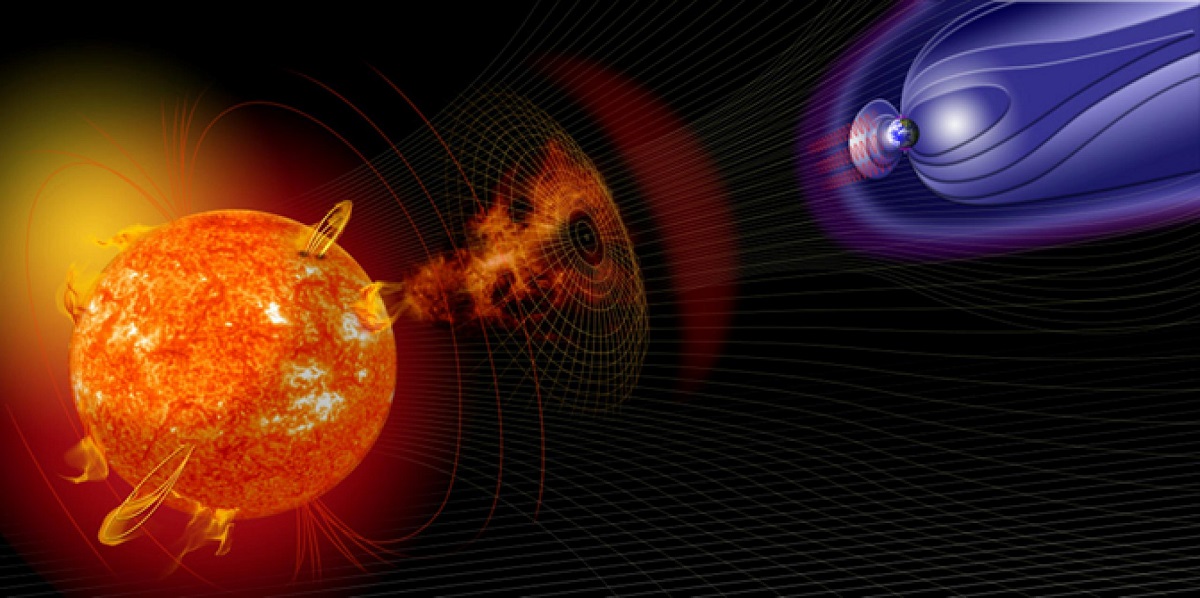
One of the most fascinating facts about space weather is that it can have a direct impact on our everyday lives here on Earth. Space weather refers to the conditions and phenomena that occur in space, particularly around our Sun, and how they can affect Earth and its technological systems.
One intriguing aspect of space weather is the phenomenon of solar flares. Solar flares are intense bursts of radiation that occur on the surface of the Sun. These powerful eruptions release vast amounts of energy and can cause disruptions in various systems on Earth, including satellite communications, power grids, and even radio signals. Scientists monitor solar flares closely to predict their potential effects on our technological infrastructure.
Another captivating aspect of space weather is the presence of geomagnetic storms. Geomagnetic storms occur when the Sun’s charged particles interact with Earth’s magnetic field. These storms can create dazzling displays of colorful lights in the sky known as auroras, or the Northern and Southern Lights. Auroras are a breathtaking natural phenomenon that occur near Earth’s polar regions, adding a touch of magic to our night skies.
Space weather also poses risks to astronauts and spacecraft. High-energy particles from the Sun can be hazardous to astronauts during spacewalks or prolonged stays in space. Spacecraft and satellites can be damaged by intense radiation or disrupted by magnetic storms, affecting their operations and longevity.
Understanding and predicting space weather is crucial for protecting our technology, communication systems, and even human lives. Scientists and researchers continually study and monitor space weather, developing models and forecasting techniques to anticipate its effects. By learning more about space weather, we gain insight into the dynamic relationship between our planet and the vast space surrounding it.
Billions of Stars: Unveiling the Magnitude and Diversity of the Universe
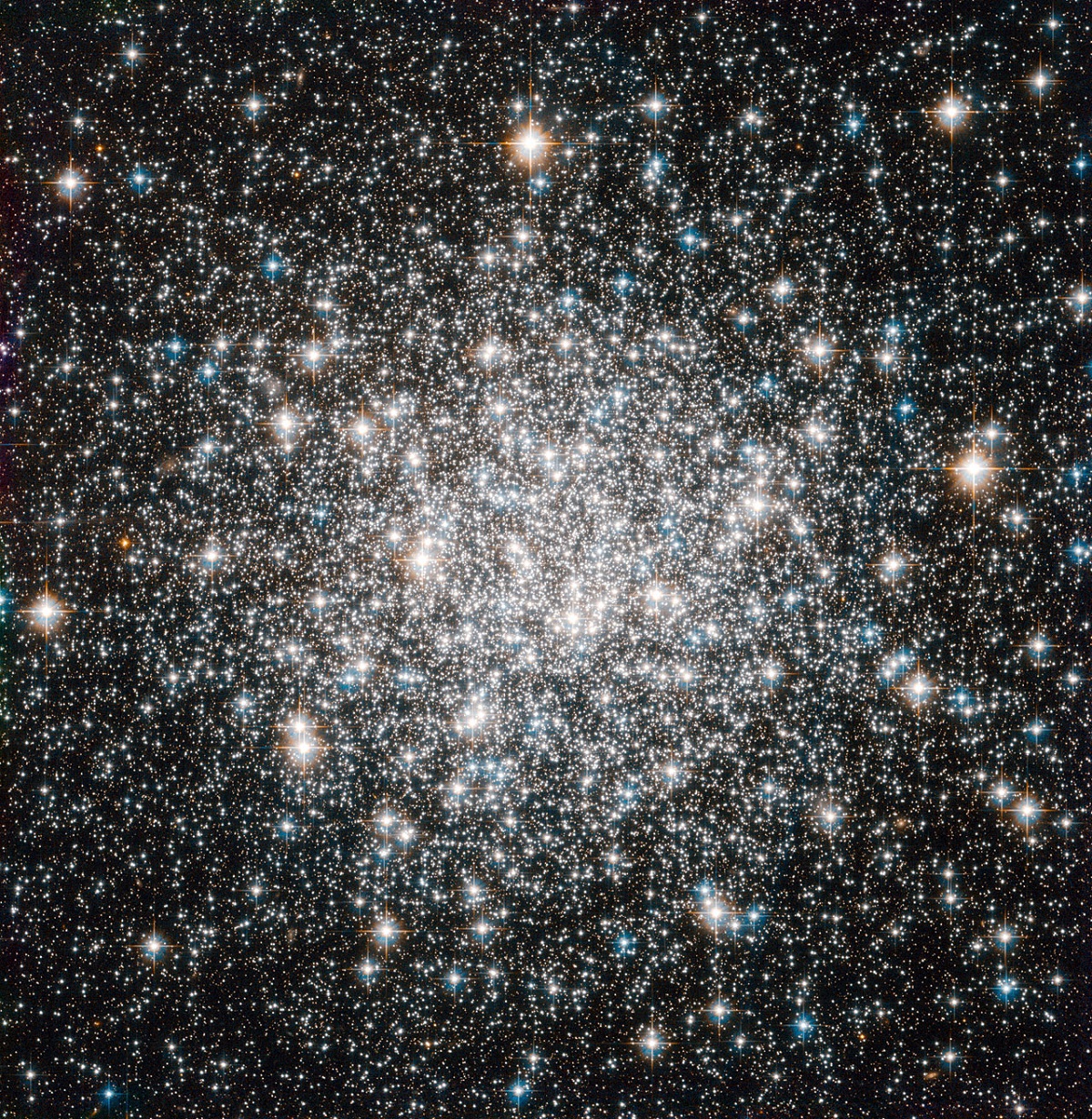
One of the most fascinating facts about stars is the sheer vastness and diversity they represent in the universe. When we look up at the night sky, we see a seemingly endless sea of twinkling lights. Each of those points of light is a star, just like our own Sun, but located at unimaginable distances from us.
One intriguing aspect of billions of stars is their incredible numbers. Estimates suggest that there are over 100 billion stars in our Milky Way galaxy alone, and there are billions of other galaxies scattered throughout the universe. This means that the total number of stars in the universe is mind-bogglingly immense.
Another captivating aspect of billions of stars is their diversity. Stars come in different sizes, colors, and ages. Some stars are much larger and hotter than our Sun, while others are smaller and cooler. The color of a star can range from blue to yellow to red, depending on its temperature. Stars also have different life spans, with some burning brightly for millions of years and others lasting billions of years. Furthermore, stars are the birthplaces of new elements. Inside the fiery cores of stars, nuclear fusion reactions take place, creating heavier elements like carbon, oxygen, and even the building blocks of life. These elements are then dispersed into space when a star explodes in a supernova, enriching the cosmos with the ingredients for planets, life, and future stars.
Studying billions of stars allows astronomers to unlock the mysteries of the universe. By observing their properties, movements, and interactions, scientists gain insights into how stars form, evolve, and shape the galaxies they inhabit. Exploring the vastness and diversity of stars opens up new frontiers of knowledge and fuels our curiosity about the origins and destiny of the cosmos.
Black Holes: Unveiling the Mysteries of Cosmic Gravity
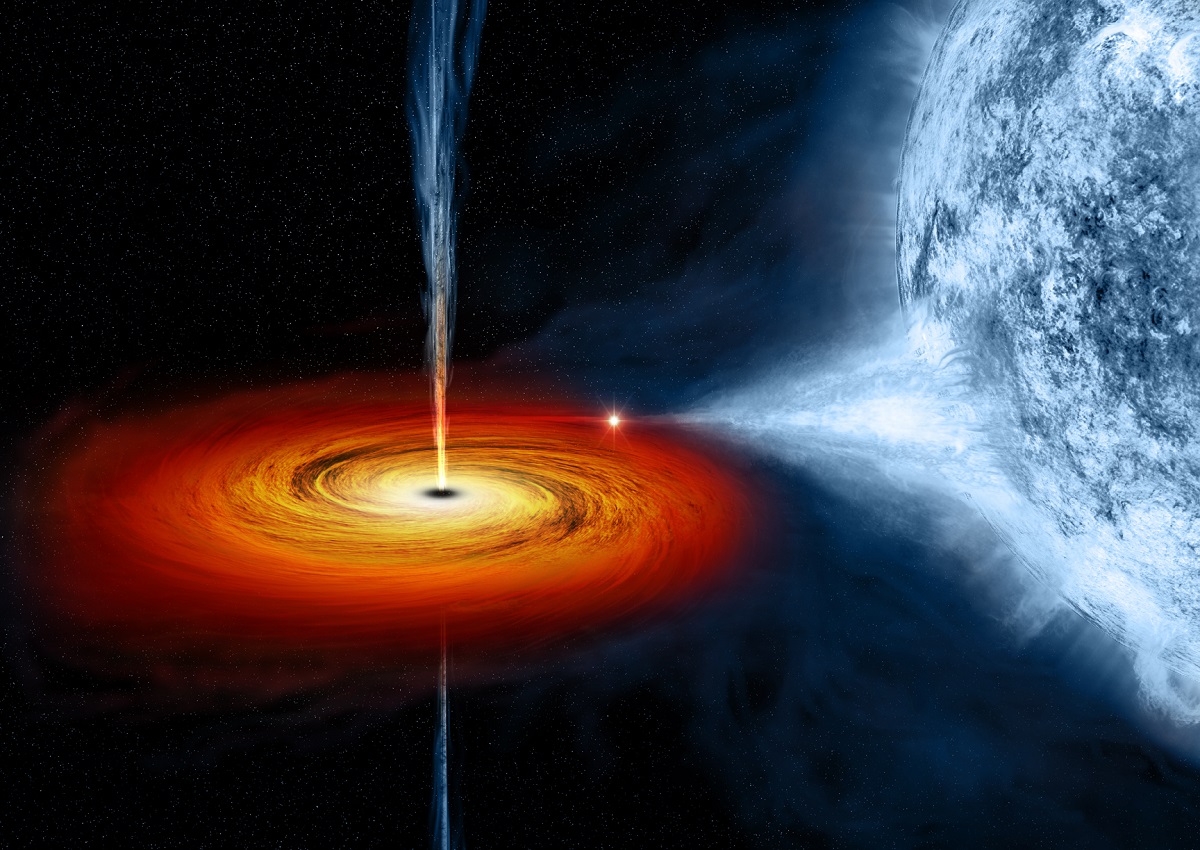
Black holes are mysterious cosmic objects with gravity so powerful that nothing, not even light, can escape their clutches. Imagine a region in space where gravity is so strong that it creates a point of no return called the event horizon. Once anything crosses this boundary, it is trapped forever. But what happens to objects that get too close to a black hole? They get stretched and squeezed in a process called spaghettification. The intense gravitational forces cause objects to become elongated like spaghetti strands, which is an amazing and bizarre consequence of the immense gravity of black holes.
Another intriguing aspect of black holes is their incredible density. Imagine squeezing an entire mountain into a tiny speck. Black holes are incredibly compact and have an immense amount of matter packed into a small space. This density results in a gravitational pull that is so strong that even light, which is the fastest thing in the universe, cannot escape. While black holes are invisible because they absorb all light, they can be detected indirectly. Scientists study the effects of black holes on nearby objects, such as stars orbiting them or the powerful jets of energy they emit.
Planetary Rings: Exploring the Enigmatic Beauty of Celestial Circles
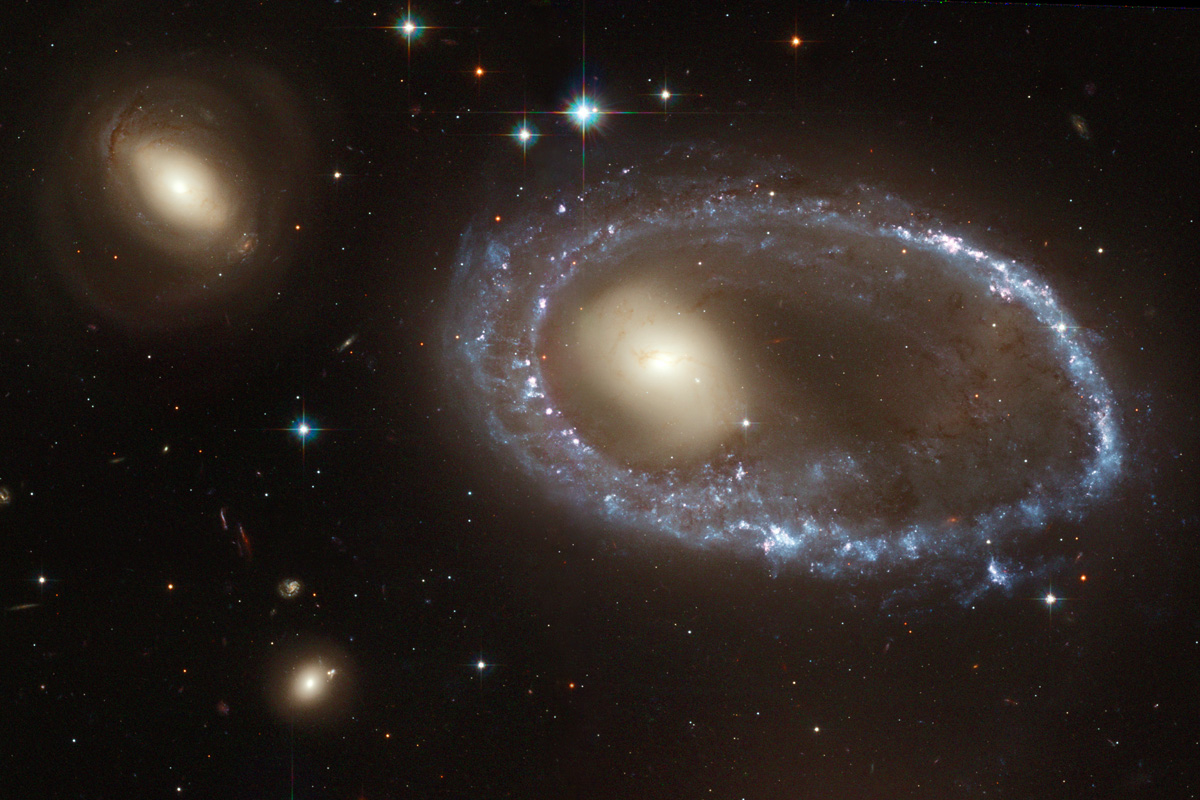
One of the most captivating facts about planetary rings is that they are beautiful and intricate structures that encircle certain planets in our solar system. These rings are made up of countless particles, ranging in size from tiny dust grains to large chunks of ice or rock.
One intriguing aspect of planetary rings is their formation. Scientists believe that they are formed from the remains of shattered moons, comets, or other objects that were torn apart by tidal forces or collisions. Over time, these fragments spread out and form a ring around the planet.
Another fascinating fact is the incredible variety of ring systems. Saturn is the most famous example, with its magnificent and extensive ring system visible even from Earth. However, other planets like Jupiter, Uranus, and Neptune also have rings, although they may be less prominent or less visible. Each ring system has its unique characteristics, including variations in thickness, composition, and the arrangement of particles. Furthermore, the rings are not solid structures but are composed of countless individual particles that orbit the planet. These particles move at different speeds, resulting in fascinating patterns and gaps within the ring system. Some rings have complex features, such as spokes or braided structures, which add to their allure and complexity.
Studying planetary rings provides valuable insights into the formation and dynamics of our solar system. Scientists analyze the composition, size distribution, and orbital behavior of ring particles to understand the processes that shape these extraordinary features. Exploring the intricate details of planetary rings sparks our curiosity about the origins and evolution of planets and their surrounding celestial bodies.
Nebulas: Unveiling the Cosmic Splendor of Stellar Birthplaces
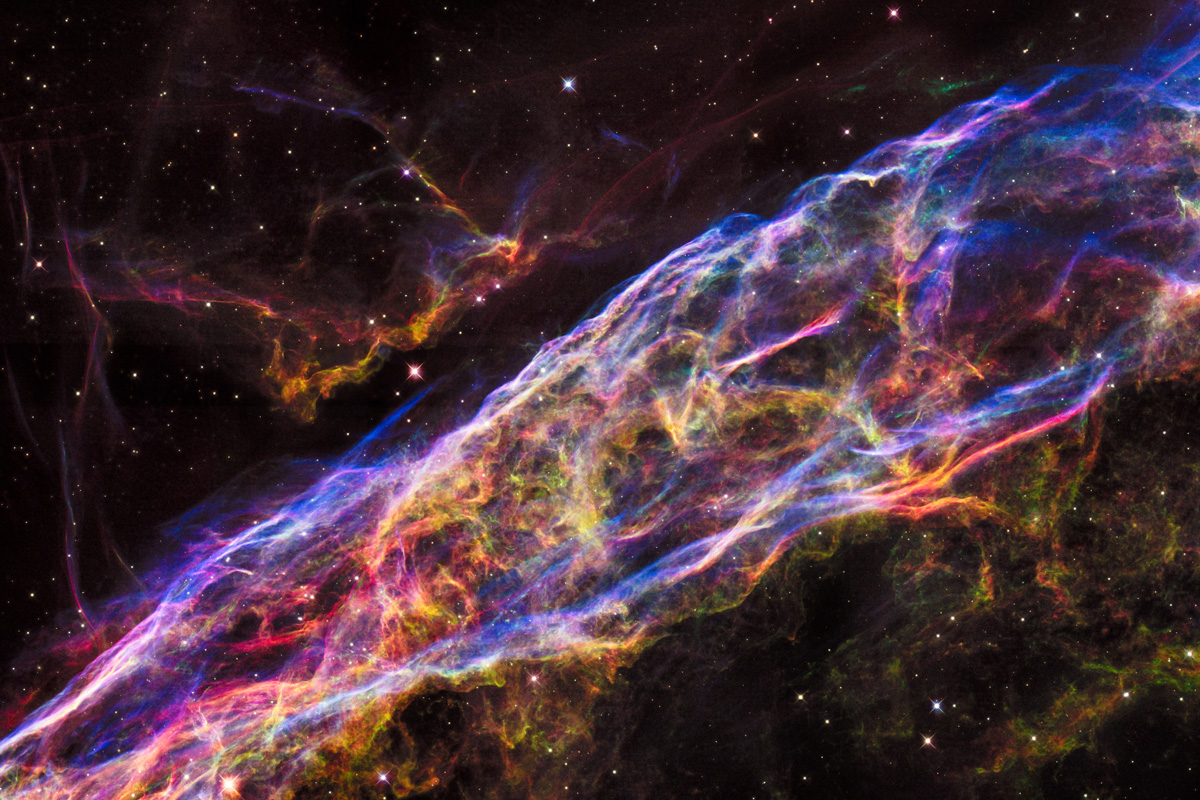
Nebulas are vast clouds of gas and dust floating in space, forming breathtakingly beautiful and colorful celestial scenes. Nebulas come in various shapes and sizes, and they are often considered as the birthplaces of stars.
One intriguing aspect of nebulas is their stunning colors. Nebulas can exhibit vibrant hues of red, blue, and green, creating a visual spectacle in the night sky. These colors are caused by the interaction of light with different elements and molecules within the nebula. For example, the red color in some nebulas comes from excited hydrogen gas, while the blue color can be the result of reflection or scattering of starlight.
Another fascinating fact about nebulas is that they provide the building blocks for new stars and planetary systems. Within these clouds of gas and dust, gravity pulls the materials together, causing them to collapse and form dense regions known as protostars. Over time, these protostars gather more mass and heat up, eventually igniting and becoming fully-fledged stars. Nebulas are like cosmic nurseries, nurturing the birth of stars and setting the stage for the creation of planets. Furthermore, nebulas can vary in shape and structure. Some nebulas appear as glowing clouds with intricate patterns, while others form elongated tendrils or intricate filaments. The shapes and structures are influenced by the interplay of stellar winds, radiation pressure, and magnetic fields within the nebula. These complex formations offer a glimpse into the dynamic and evolving nature of the cosmos.
Studying nebulas allows astronomers to gain insights into the life cycle of stars, the formation of planetary systems, and the composition of the universe.
White Dwarfs: The Dazzling Remnants of Stellar Endings
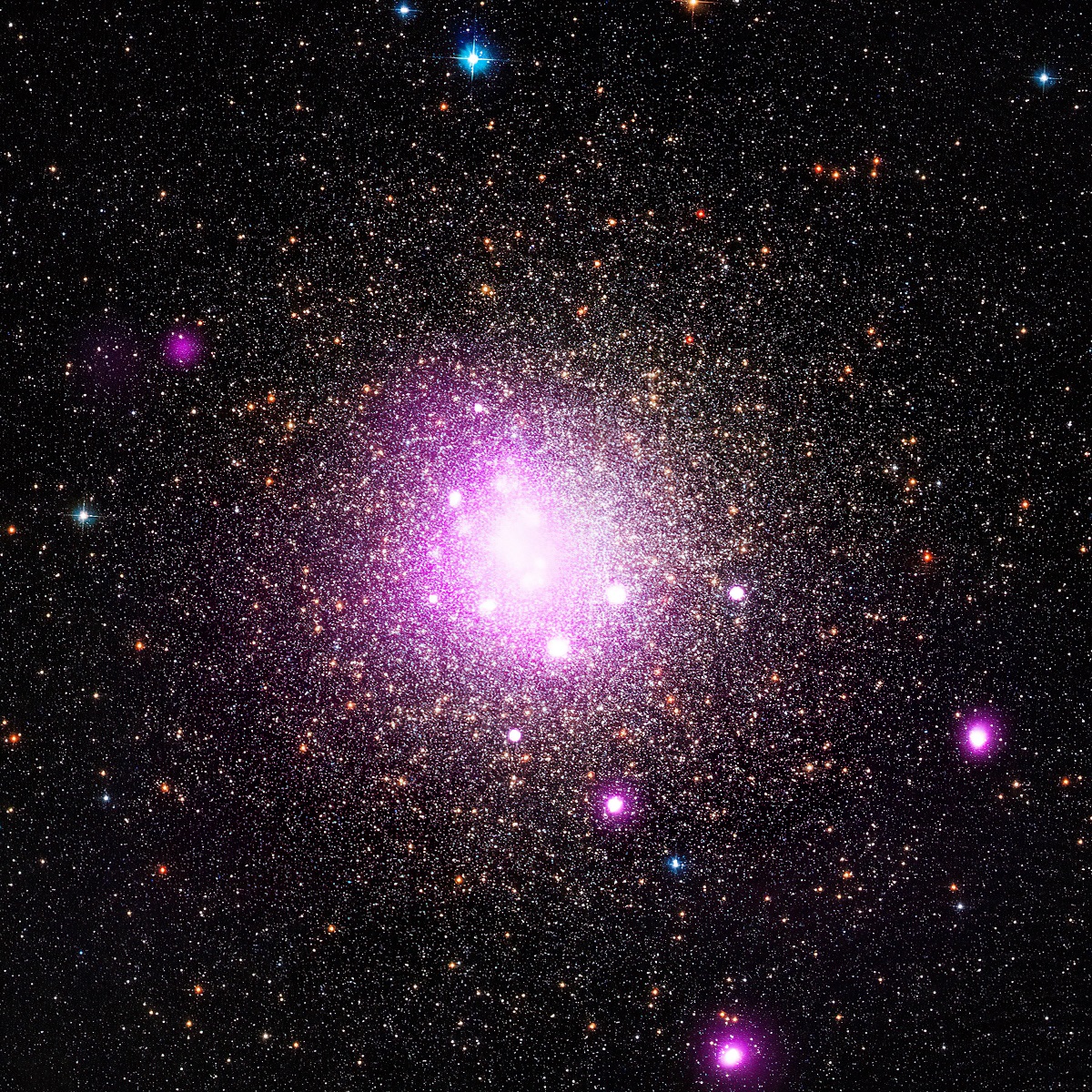
One of the most fascinating facts about white dwarfs is that they are the remnants of stars like our Sun after they have exhausted their nuclear fuel. When stars like the Sun reach the end of their lives, they undergo a transformation, shedding their outer layers and leaving behind a dense and compact core called a white dwarf.
What makes white dwarfs so intriguing is their incredible density. Despite being roughly the size of Earth, white dwarfs contain a mass comparable to that of the Sun. This means that the matter within a white dwarf is incredibly packed and tightly squeezed together. If you were to bring a teaspoon of white dwarf material to Earth, it would weigh as much as an elephant!
Another captivating aspect of white dwarfs is their unusual behavior. Although they are no longer undergoing nuclear reactions, they continue to emit a faint glow of residual heat. Over billions of years, they gradually cool down and fade away, eventually becoming black dwarfs. However, no black dwarfs have been observed yet because the age of the universe is not long enough for any white dwarf to have cooled completely.
Furthermore, white dwarfs have a maximum mass known as the Chandrasekhar limit. If a white dwarf gains mass from a companion star in a binary system, it can reach this limit and undergo a catastrophic event called a supernova explosion. This explosion releases an enormous amount of energy and can briefly outshine an entire galaxy.
The Serenity of Space: Exploring the Profound Silence
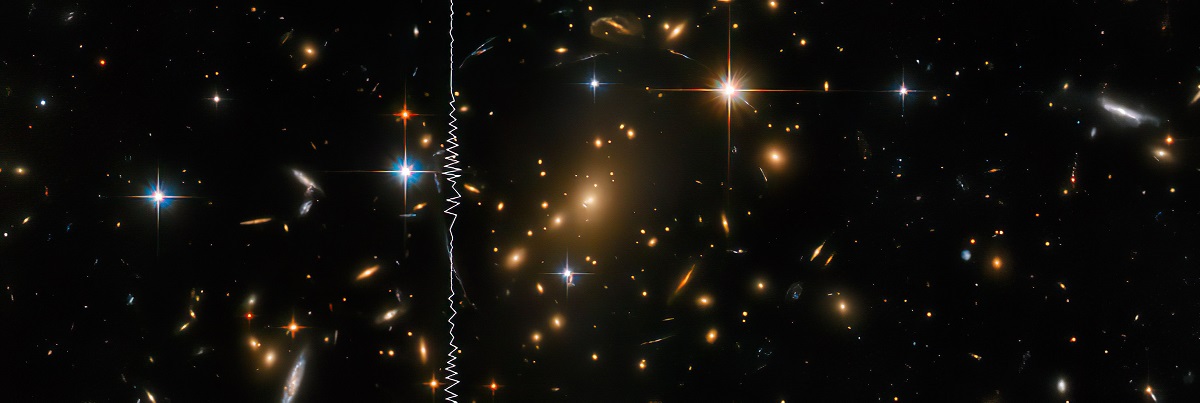
One of the most intriguing aspects of space is the profound silence that fills its vast expanse. Unlike the bustling noise of our everyday lives on Earth, space is an eerie and tranquil realm where sound waves cannot travel. This means that there is no air or atmosphere in space to carry sound vibrations, resulting in absolute silence.
The absence of sound in space is both fascinating and perplexing. On Earth, we are accustomed to hearing various sounds, from the rustling of leaves to the chirping of birds. However, in the vacuum of space, there is no medium for sound to propagate. Even if we were to shout or play music, no one would be able to hear it because there are no molecules to carry the sound waves.
But silence in space goes beyond the absence of sound. It also means that we are shielded from the noise and disturbances of our own planet. Space offers a serene and tranquil environment where we can escape the clamor of daily life and experience a profound stillness.
Moreover, the silence of space has significant implications for astronomy and space exploration. It allows scientists to study the faintest signals from distant objects, such as the subtle whispers of cosmic radiation or the gentle vibrations of distant stars. This absence of background noise enables astronomers to make precise observations and gather valuable information about the universe.
Jupiter’s Great Red Spot: The Majestic Storm of the Gas Giant
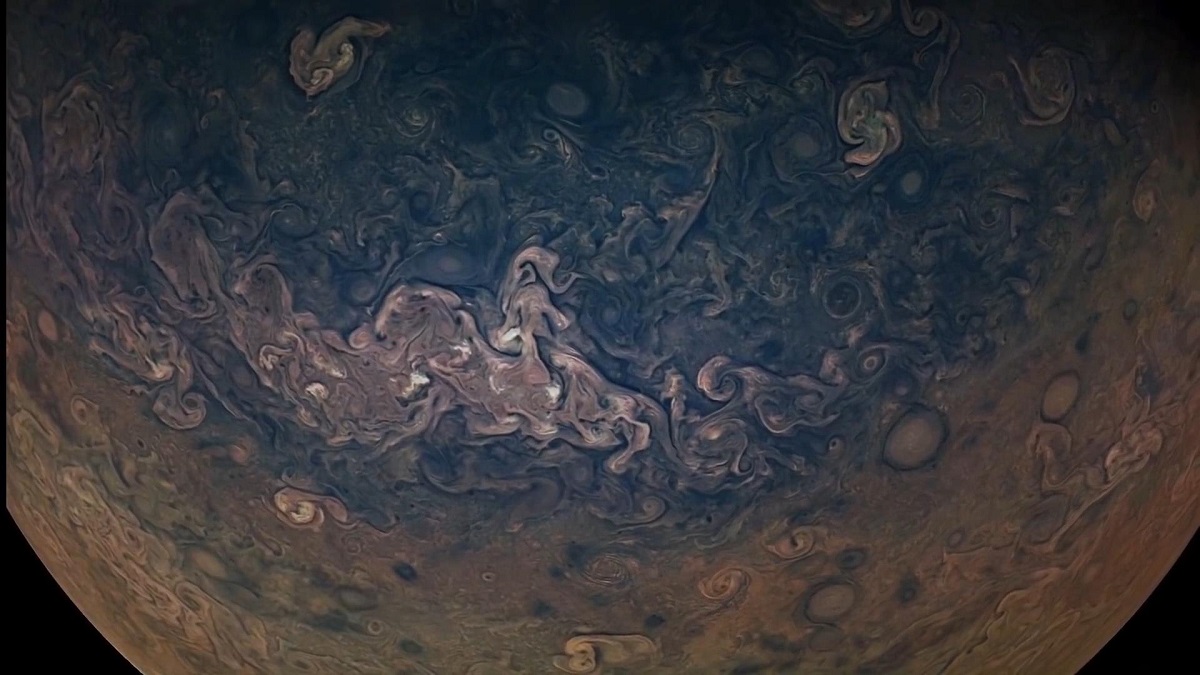
One of the most fascinating facts about Jupiter, the largest planet in our solar system, is its mesmerizing Great Red Spot. The Great Red Spot is a gigantic storm that has been raging on Jupiter for centuries. It is so enormous that it could engulf several Earth-sized planets!
What makes the Great Red Spot so captivating is its striking appearance. It is a swirling mass of clouds, similar to a hurricane, but on an extraordinary scale. The storm’s distinct red color, which gives it its name, comes from the chemicals and compounds in Jupiter’s atmosphere. Scientists believe that the storm’s reddish hue is due to interactions between sunlight and chemicals such as ammonia and phosphorus.
Another intriguing aspect of the Great Red Spot is its longevity. The storm has been observed for over 300 years, making it one of the longest-lasting storms in the solar system. Despite its enduring nature, the storm has been gradually shrinking in size over the years. Scientists continue to study the Great Red Spot to better understand its behavior and the forces that sustain it.
Furthermore, the Great Red Spot is not the only storm on Jupiter. The planet’s atmosphere is filled with a complex system of storms and turbulent weather patterns. These storms, including smaller vortices and cyclones, create a dynamic and ever-changing atmosphere on the gas giant.
Studying Jupiter and its Great Red Spot provides valuable insights into the dynamics of planetary atmospheres and the formation of storms. Scientists can use the data collected from Jupiter to better understand weather patterns on Earth and other planets. Jupiter’s immense size and its captivating Great Red Spot make it a fascinating subject of exploration and scientific inquiry.
Quasars: The Dazzling Powerhouses of the Universe
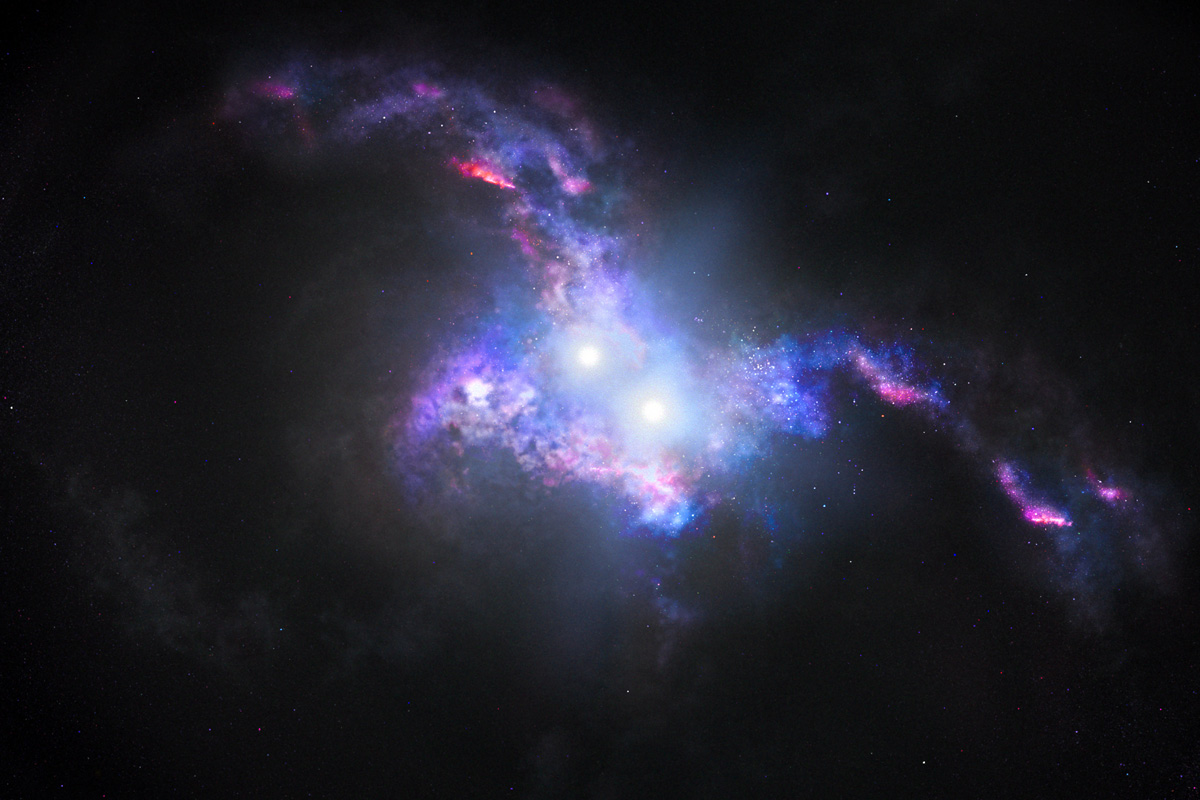
One of the most fascinating facts about quasars is that they are the brightest objects in the universe. Quasars, short for “quasi-stellar radio sources,” are incredibly energetic and powerful. They are found at the centers of galaxies and emit massive amounts of light and energy.
What makes quasars so intriguing is their incredible brightness. A single quasar can emit as much light as thousands of galaxies combined! Their luminosity is so intense that it outshines all the stars in their host galaxies. Scientists believe that quasars are powered by supermassive black holes at their centers, surrounded by swirling disks of hot gas and dust.
Another captivating aspect of quasars is their immense distance from Earth. Many quasars are located billions of light-years away, meaning that the light we observe from them today actually started its journey billions of years ago. Studying quasars allows scientists to look back in time and gain insights into the early universe and how galaxies formed and evolved. Furthermore, quasars exhibit a peculiar behavior called “redshift.” The light emitted by quasars appears to be shifted towards longer wavelengths, or “redder,” as it travels through space. This phenomenon is a result of the expansion of the universe. Redshift provides important clues about the movement and expansion of galaxies and helps scientists understand the structure and history of the cosmos.
Studying quasars is crucial for our understanding of the universe’s origins, the behavior of black holes, and the evolution of galaxies. Their incredible brightness, immense distance, and intriguing redshift properties make quasars a captivating subject of scientific exploration. Unraveling the mysteries of these powerful cosmic beacons allows us to gain deeper insights into the grand tapestry of the universe.
Rogue Planets: Wandering Worlds in the Cosmic Void
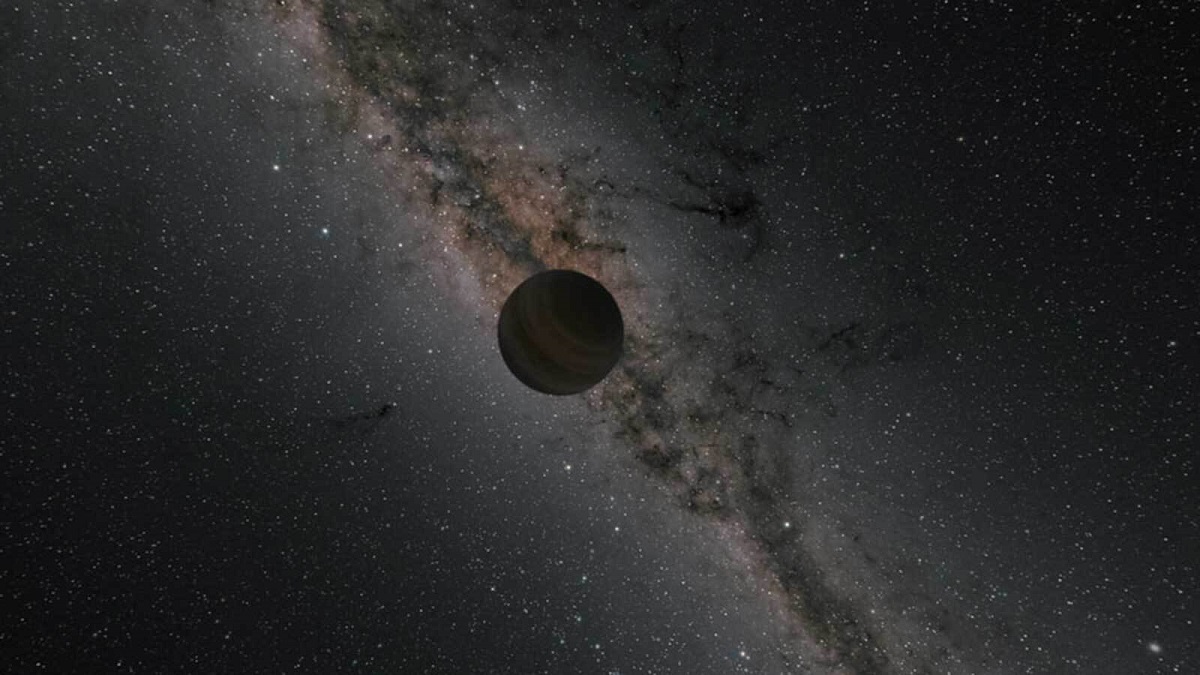
One of the most fascinating facts about rogue planets is that they wander through space without orbiting a star. Rogue planets, also known as free-floating planets, are intriguing celestial objects that do not have a home star like planets in our solar system.
What makes rogue planets so captivating is their independence from a parent star. These planets can be as small as Earth or as massive as Jupiter, and they roam through the vastness of space on their own. They are believed to have been either ejected from their original planetary systems or formed directly from interstellar material.
Another intriguing aspect of rogue planets is their unique environment. Without the warmth and light of a star, rogue planets exist in perpetual darkness and extreme cold. Their atmospheres may contain exotic gases and particles, and some scientists speculate that they might have subsurface oceans or support forms of life adapted to such harsh conditions.
Rogue planets offer scientists valuable insights into the diversity and formation of planetary systems. By studying these wandering worlds, astronomers can better understand the processes of planet formation and the dynamics of stellar systems. They also provide a glimpse into the vastness of space and the variety of worlds that can exist beyond the influence of a star.
While the precise number of rogue planets in our galaxy is still uncertain, they are believed to be relatively common. The discovery of these solitary wanderers has expanded our understanding of planetary systems and challenged our notions of what constitutes a “planet.” Rogue planets represent a mysterious and enigmatic population of celestial objects, inviting further exploration and research to unravel their secrets.
Star Clusters: Stellar Cities in the Cosmos
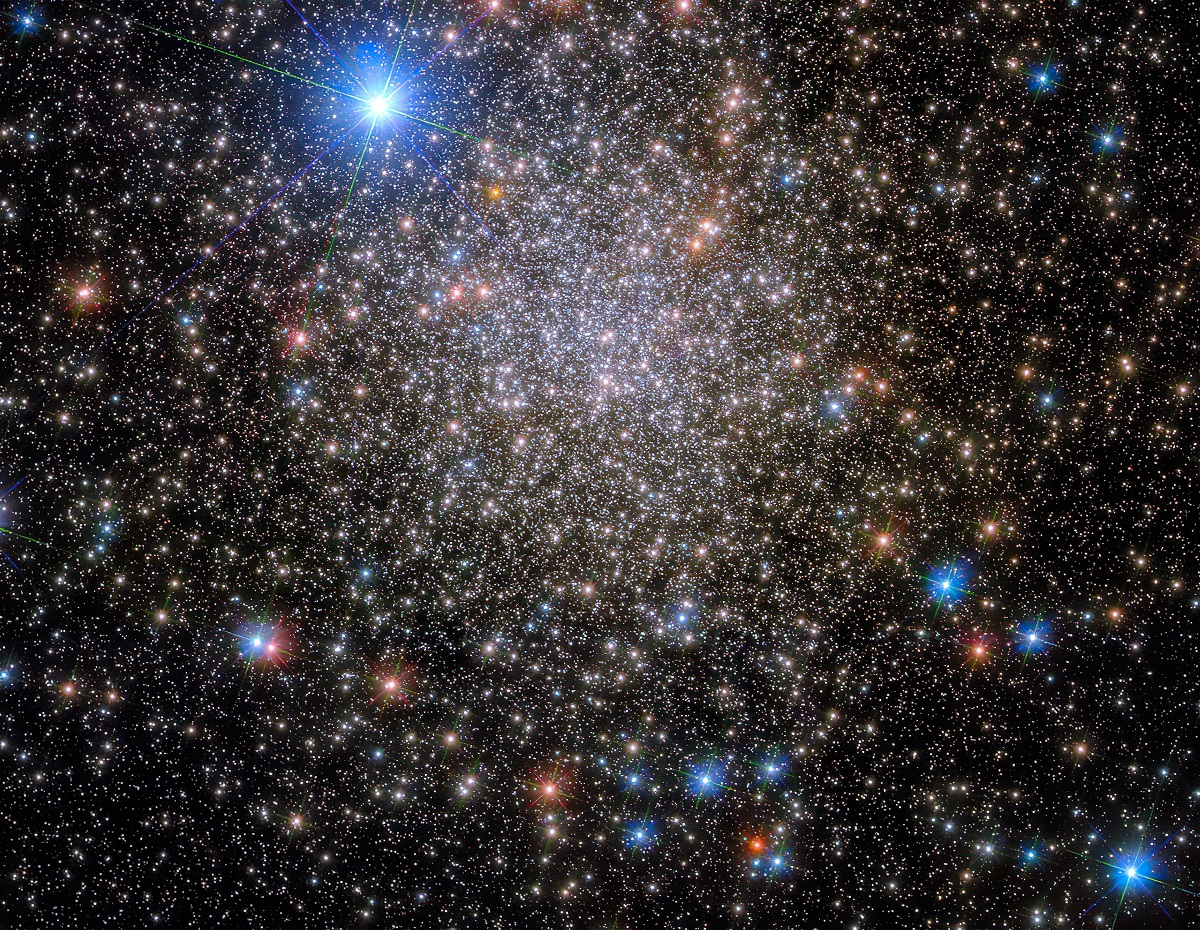
Star clusters are like bustling cities in the universe, packed with thousands or even millions of stars. Star clusters are groups of stars that form and live together in close proximity. They come in two main types: open clusters and globular clusters.
Open clusters are relatively young and contain hundreds of stars that are loosely held together. They can be found within galaxies, such as our Milky Way. Open clusters are like stellar nurseries, where new stars are born from the same cloud of gas and dust. These clusters provide scientists with valuable insights into the process of star formation and the early stages of stellar evolution.
On the other hand, globular clusters are tightly packed groups of very old stars. They contain thousands or even millions of stars tightly bound by gravity. These clusters are like ancient stellar cities, with stars that have lived together for billions of years. Globular clusters are typically found in the outskirts of galaxies and offer scientists a glimpse into the early history of the universe. What makes star clusters so intriguing is their incredible diversity. Each cluster contains stars of various sizes, colors, and ages, creating a stunning visual spectacle. By studying star clusters, scientists can better understand the life cycles of stars, the dynamics of stellar interactions, and the evolution of galaxies.
Furthermore, star clusters are crucial for measuring distances in the universe. Their properties, such as their brightness and the types of stars they contain, help astronomers determine the distances to other galaxies and cosmic objects.
Stellar Nurseries: Cosmic Cradles of Star Birth
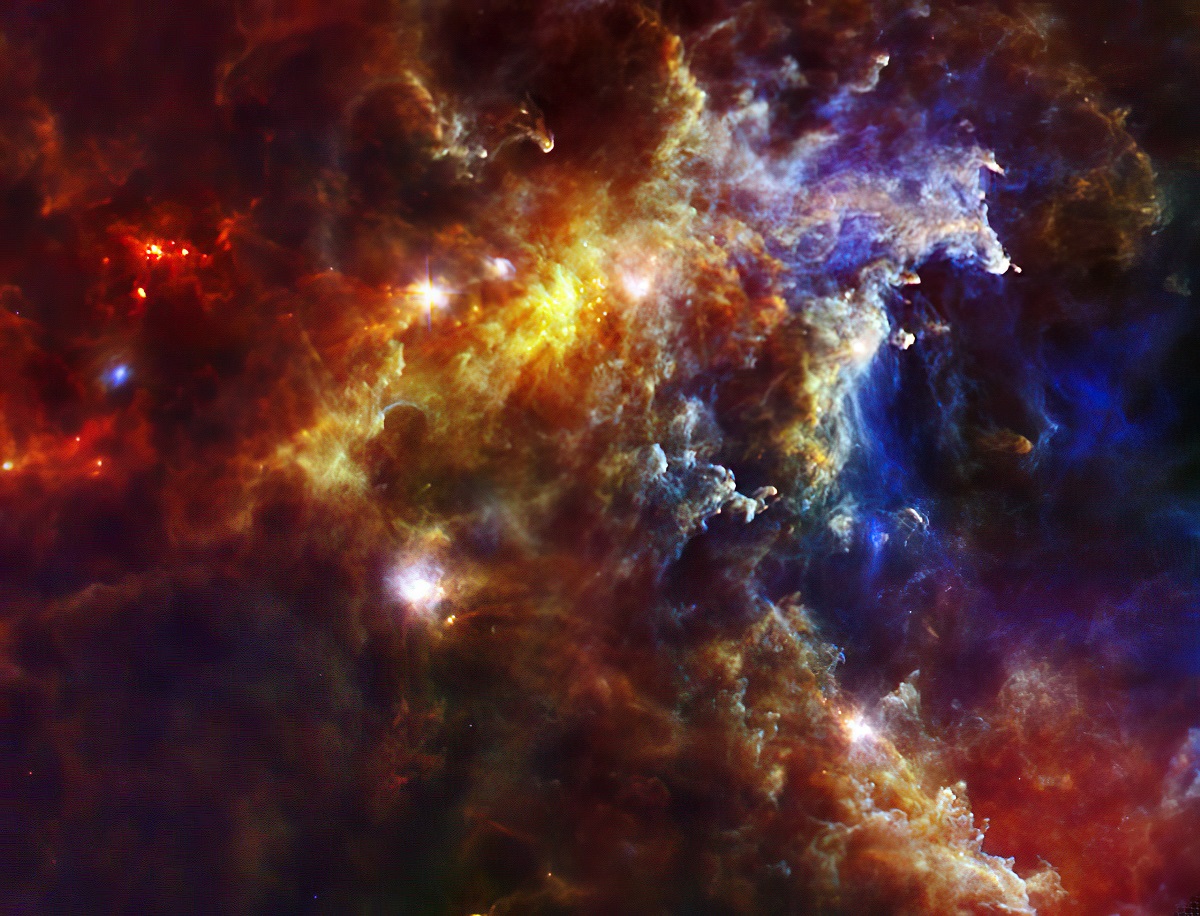
One of the most fascinating facts about stellar nurseries is that they are the cosmic cradles where stars are born. Stellar nurseries are regions in space where vast clouds of gas and dust come together, creating the perfect conditions for the birth of new stars.
These nurseries, also known as nebulae, are breathtakingly beautiful and often appear as colorful clouds in the night sky. They can be found within galaxies, like our Milky Way, or even in interstellar space. Within these nurseries, gravity plays a crucial role in pulling the gas and dust together, forming dense pockets that eventually collapse under their own weight.
As these pockets of gas and dust collapse, they become hotter and denser, triggering the process of star formation. The intense pressure and heat cause the material to ignite, creating a protostar—a baby star that is still in its early stages of development. Over time, the protostar gathers more matter from its surroundings, growing larger and hotter.
Stellar nurseries are not just places where individual stars are born; they also give birth to entire star clusters. These clusters can contain hundreds or even thousands of stars that form from the same cloud of gas and dust. Within the nursery, the newborn stars may interact with each other, influencing their evolution and shaping the dynamics of the cluster.
Studying stellar nurseries is crucial for understanding the life cycle of stars and the formation of galaxies. By examining these nurseries, scientists can gain insights into how our own Sun and other stars like it came into existence. They also provide a glimpse into the vast and dynamic nature of the universe, where new stars are constantly being born.
The Speed of Light: The Universe’s Cosmic Speed Limit
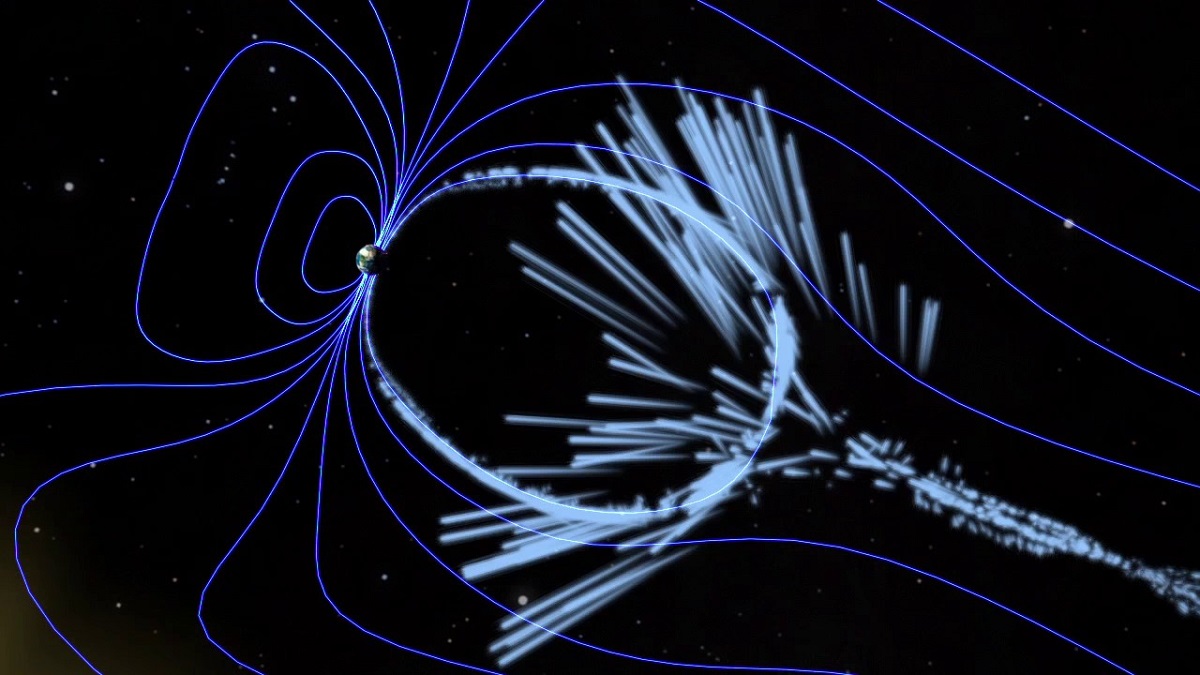
One of the most fascinating facts about the speed of light is that it is incredibly fast and holds a special place in the laws of the universe. The speed of light is the fastest speed that anything can travel, and it is an astonishing 299,792,458 meters per second (or about 186,282 miles per second)!
To put it into perspective, light can travel around the Earth’s equator about 7.5 times in just one second. This means that light can travel from the Earth to the Moon in a little over one second! It takes about 8 minutes and 20 seconds for light to travel from the Sun to Earth, which means that when we look at the Sun, we are actually seeing it as it appeared over 8 minutes ago.
What makes the speed of light truly mind-boggling is that nothing can surpass it. No matter how fast an object is moving, it can never exceed the speed of light. This fundamental limit is a cornerstone of physics and is known as the cosmic speed limit. The speed of light also plays a crucial role in our understanding of the universe. When we look up at the night sky, we are seeing stars and galaxies as they appeared in the past because their light takes time to reach us. The study of this light allows scientists to explore the history and evolution of the universe.
Furthermore, the concept of time itself is affected by the speed of light. As an object moves faster and approaches the speed of light, time for that object slows down relative to a stationary observer. This phenomenon, called time dilation, is a fascinating consequence of the universal speed limit.
In this extraordinary exploration of space, we have ventured into the depths of the universe and uncovered an array of mind-blowing facts. From the incredible diversity of exoplanets to the mysterious nature of dark matter, from the grandeur of supernovas to the awe-inspiring beauty of nebulas, our journey has been nothing short of captivating. We have marveled at the power of black holes, the secrets of neutron stars, and the intriguing phenomenon of starquakes. We have witnessed the birth of stars in stellar nurseries and contemplated the possibilities of space colonization and time travel. From the silent vastness of space to the vibrant rings of planetary systems, every discovery has expanded our understanding of the cosmos and ignited our curiosity. As we conclude this cosmic odyssey, we are left with a sense of wonder and awe, knowing that there is still so much more to explore and unravel in the endless expanse of the universe. The journey may continue, but one thing is certain: the mysteries of space will forever captivate our imagination and inspire us to reach for the stars.
Credits: Thank-you NASA, USGS, and JPL for making these images available.
